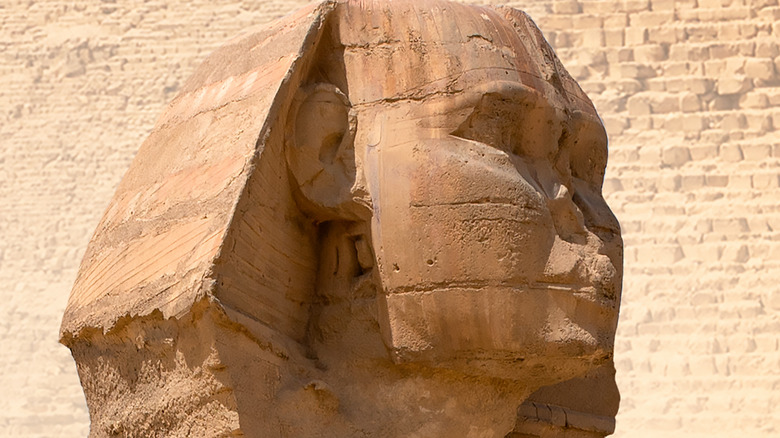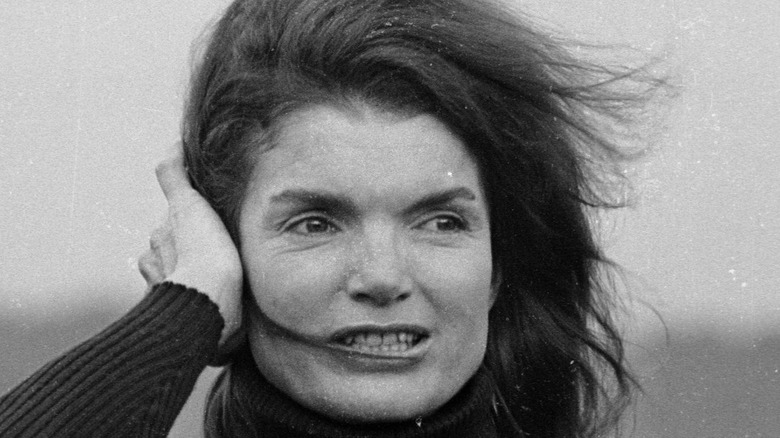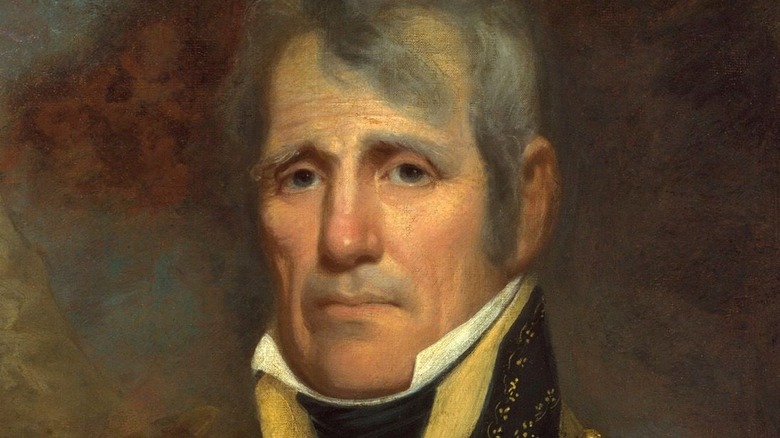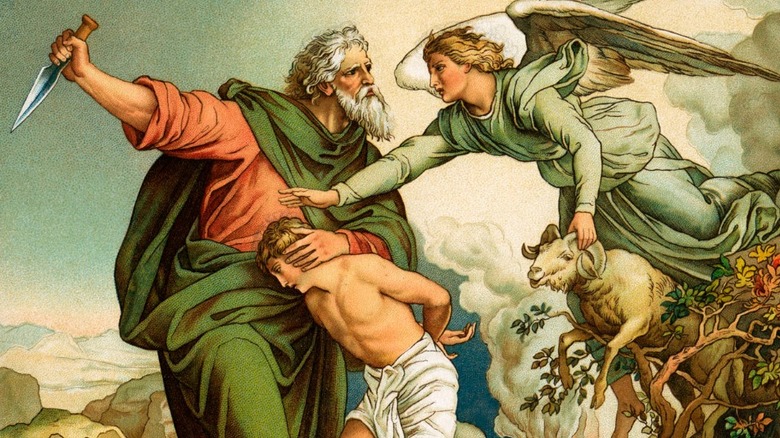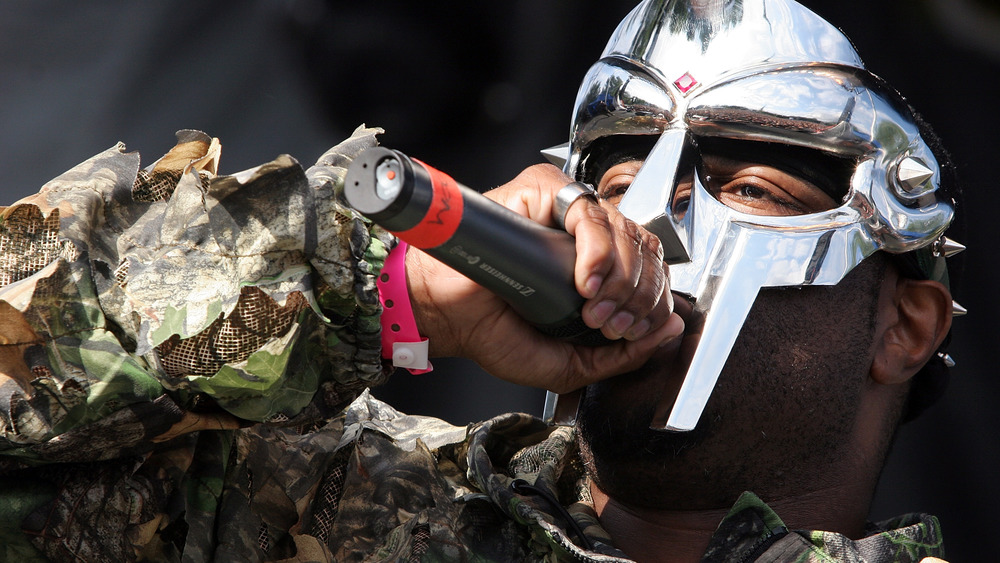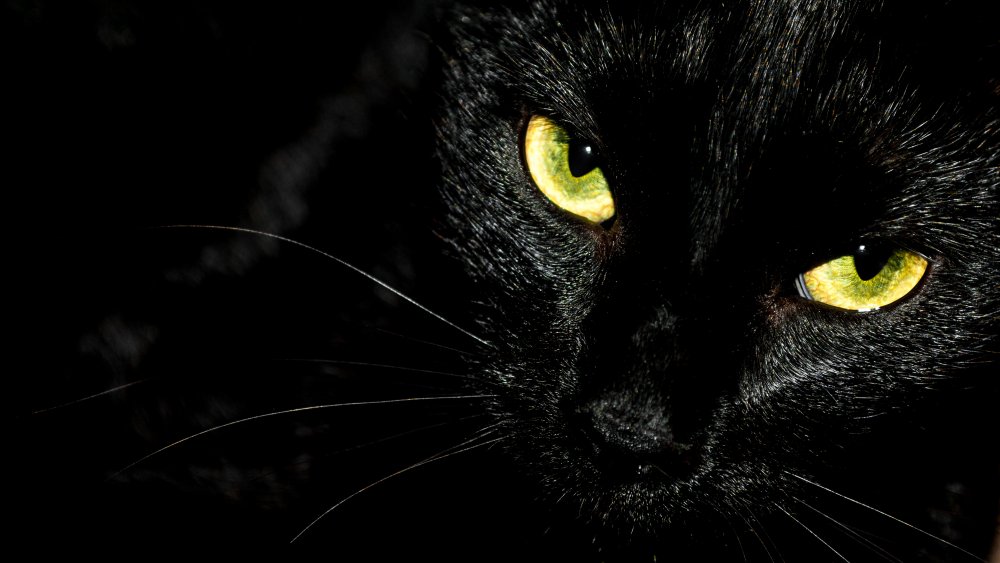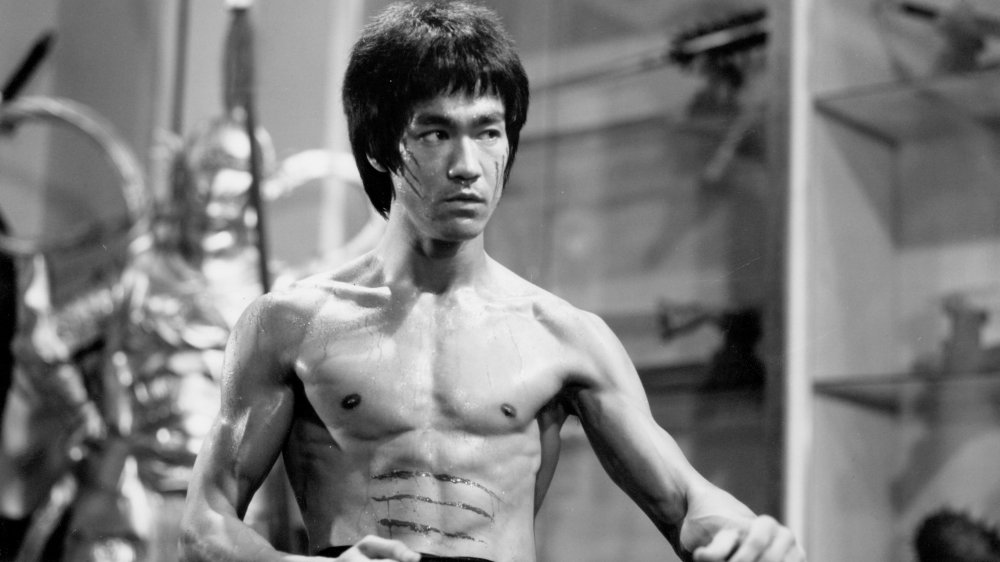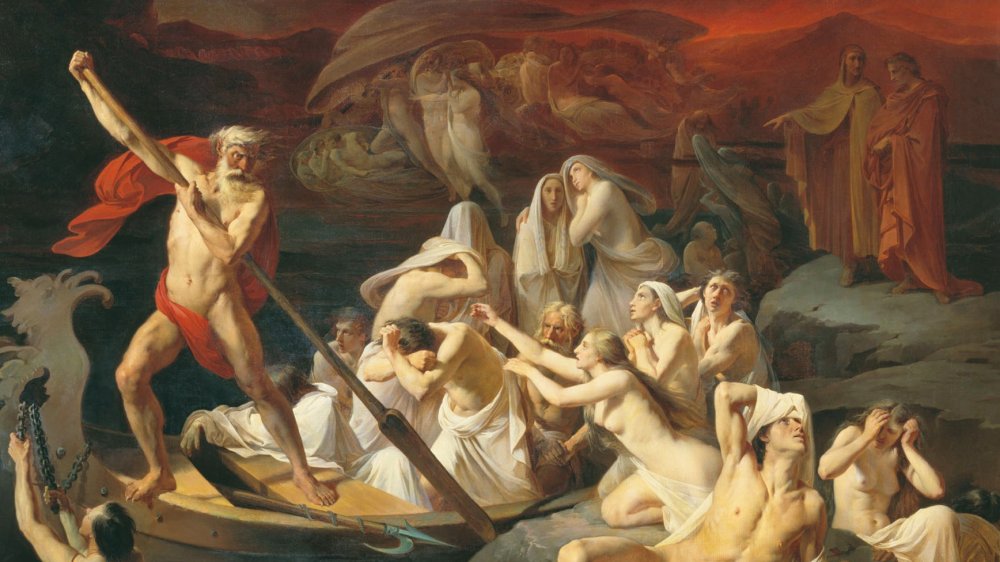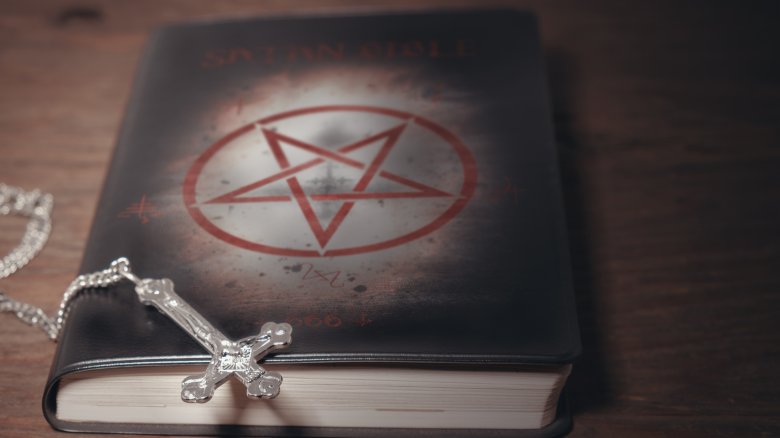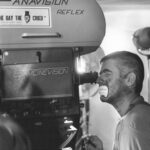
A Journey Through the Life of the King of Comedy – Jerry Lewis
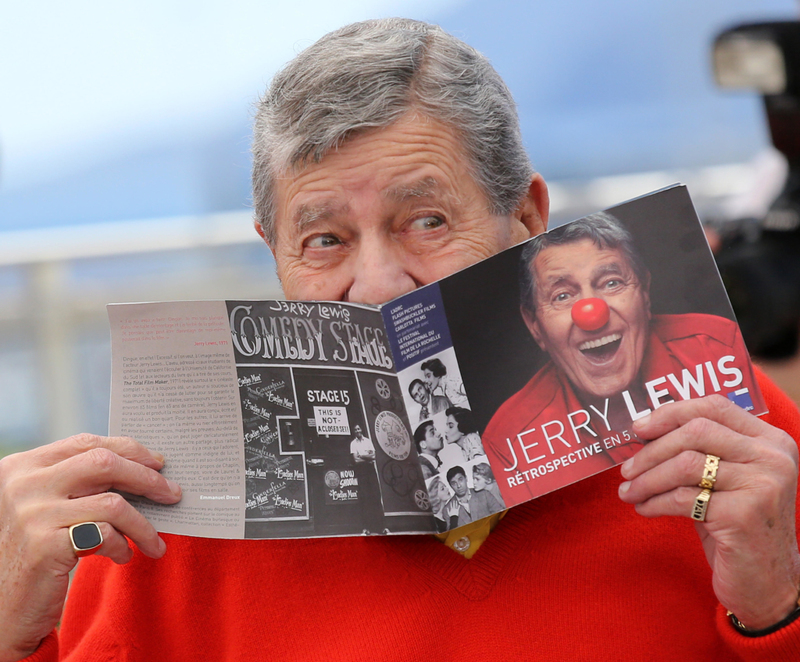
From his Borscht Belt performances to his mega-successful acts with Dean Martin, and finally, to his pursuit of honest and emotional story-telling, the unbreakable jokester led a fascinating life. Let’s take a look at the many memorable moments of Jerry Lewis’s life.
Born Into It
Born Joseph Levitch on March 16, 1926, in Newark, New Jersey, “Jerry Lewis” grew up sleeping and breathing the showbiz since childhood. His father was Daniel “Danny” Levitch, a popular vaudeville performer who went by Danny Lewis. His mother, Rachael “Rae” Levitch, was a pianist and her husband’s musical director.
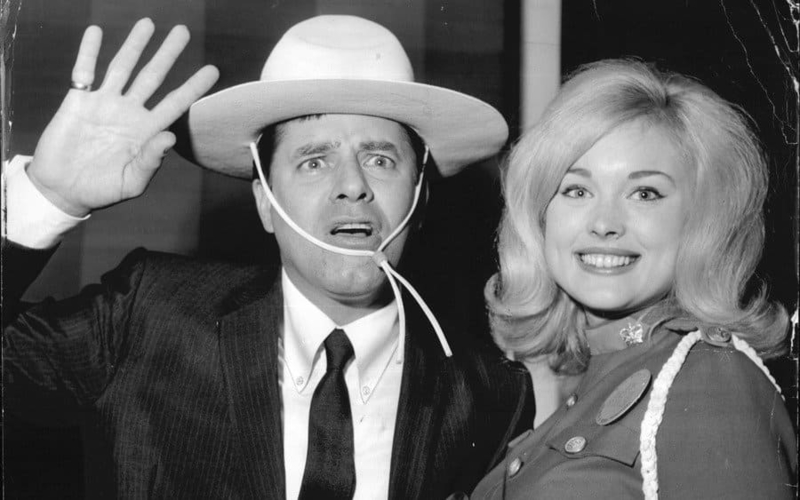
The young Jerry Lewis always wanted to make people laugh, but one of his earliest passions he had was his love of pranks. As a boy, he’d sneak into people’s houses and steal things like pies and chickens (yes, his neighbors had chickens) as a practical joke.
The Showbiz Family
The acting bug hit young Lewis early on, even as young as five years old. He often joined his parent’s performances in various places throughout New York’s legendary Catskill Mountains. The comedy scene was home to countless great comics such as Jerry Stiller and Lenny Bruce.
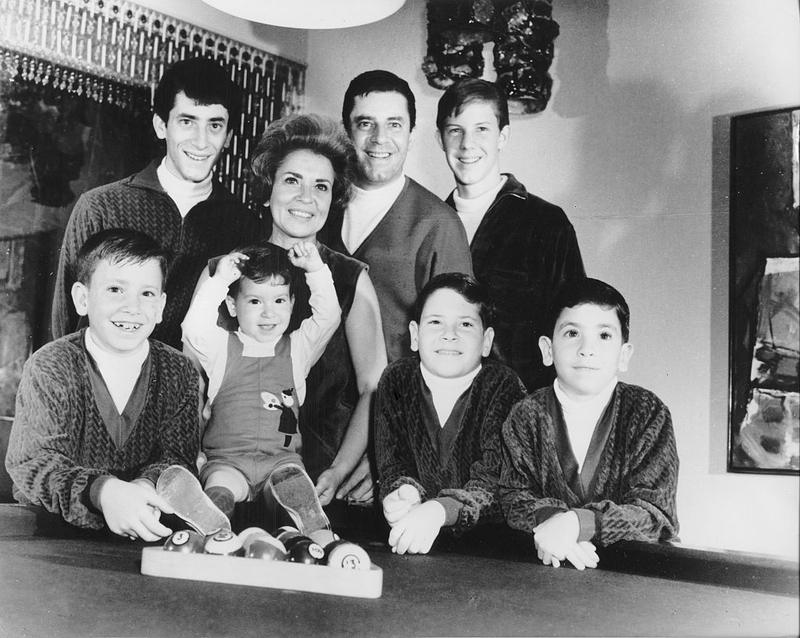
Getting people’s attention came rather naturally for little Lewis. By his teen years, he was writing and creating his own comedic acts for his family, neighbors, and peers.
The Record Act
Lewis would ultimately become the King of Comedy in later years due to his signature goofiness and zany antics. The earliest version of that signature style could be seen as early as 15 years old when he did his “Record Act” In it, he would mime lyrics to songs as a phonograph played offstage. He then pursued it seriously and sought out a real audience.
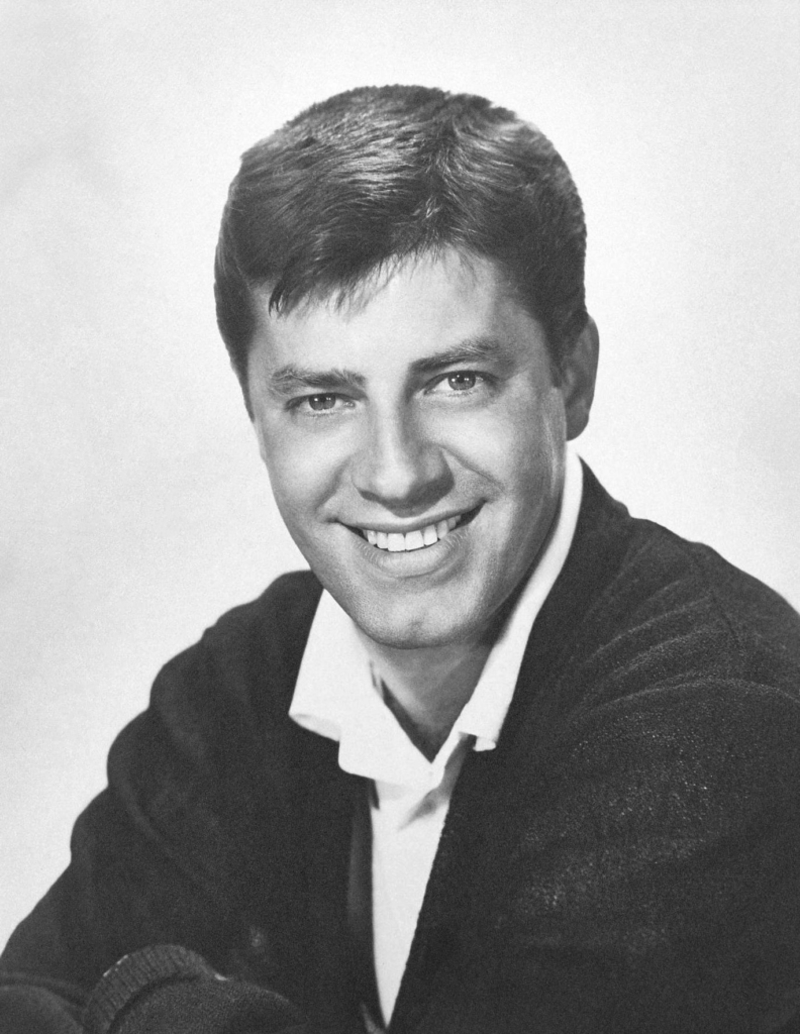
By the time he was just 15 years old, Lewis already developed his now-famous “Record Act” bit. If you haven’t seen it, the bit involves Lewis pantomiming a lip-synced performance of a song in an exaggerated and silly way. He performed the song-and-dance act for decades.
Giving Up Too Soon
Of course, every entertainer experiences a little bit of rejection, and Lewis certainly got a whiff of that. One of his first shows in the Burlesque House in Buffalo did not go too well and he ended up getting canceled.
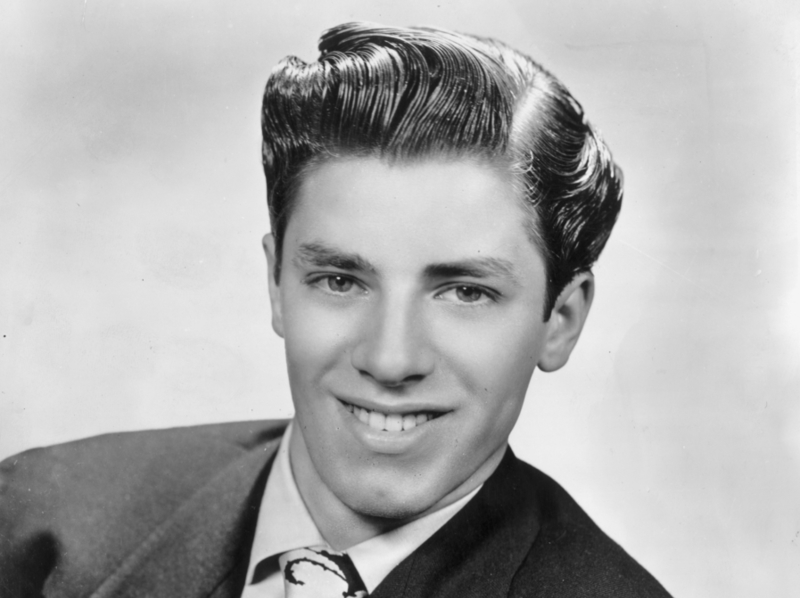
To make ends meet, Lewis worked at the snack counter and then as a theater usher at the Paramount Theatre and Loew’s Capitol Theatre in New York City. He was starting to go off the path, but then this wise father stepped in and set him straight.
The Borscht Belt
Max Coleman, a popular comedian at the time (who worked with Lewi’s father,) together with Lewis’s father, convinced the burgeoning comic to get back on that horse and try again. The famous “Record Act” eventually made its way to comedian Irving Kaye, who loved it.
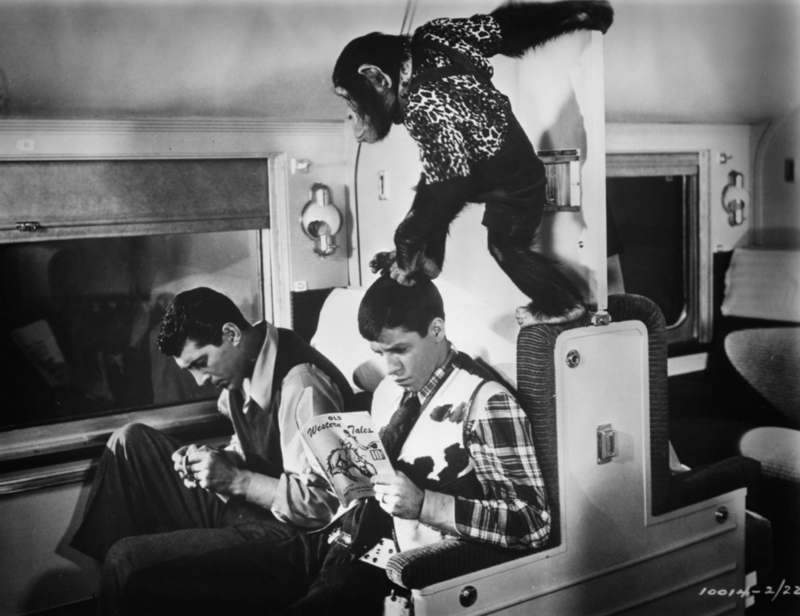
Immediately Coleman became his manager and guardian, landing him a string of Borscht Belt appearances (a nickname for the summer resorts in the Catskills frequented by the Jewish community between the 1920s and 1960s.)
Making a Name For Himself
There seems to be some confusion surrounding his real name; although he was supposedly born “Joseph” according to many legal documents,s his name was “Jerome.” Still, the actor dropped those names altogether and went with Jerry as the official name, both on and offstage.
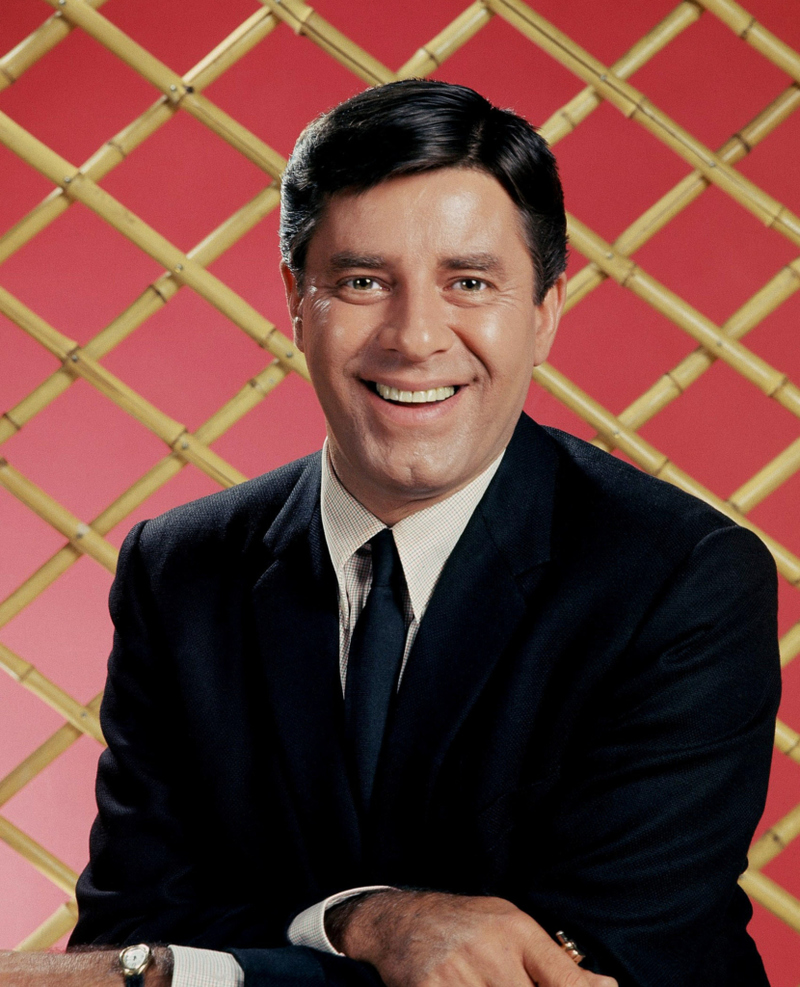
The reason for this was so that he would not be confused with other prominent figures, namely Joe E. Lewis and Joe Louis.
The Funniest Friendship in Showbiz
After World War II ended, the up-and-coming comedian hit the nightclub scene and shot to fame. There he met the one and only Dean Martin, and thus, a new era of the comedy bromance began. Audiences around the county instantly fell in love with the super-duo: The suave king of cool, Dean Martin, and the zany and hilarious Jerry Lewis.
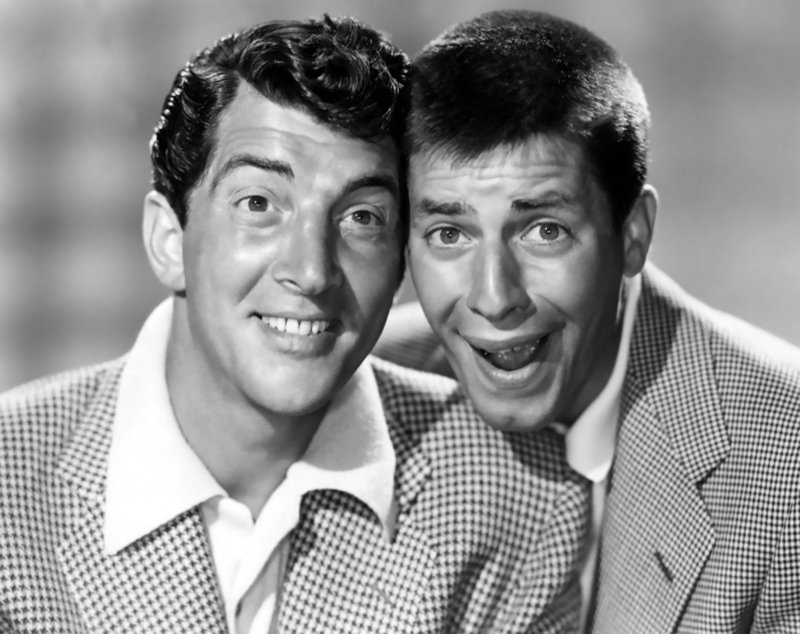
They two met each other at the Glass Hat Club in New York City. The connection was instant, and on July 25, 1946, they began performing at Atlantic City’s 500 Club as “The Martin and Lewis Act.”Soon. It was the perfect act.
The Martin and Lewis Show
“The Martin and Lewis Show” contained the perfect mix of coolness and zaniness, and audiences could certainly attest to the fact that they weren’t too bad to look at either. It was also the unique chemistry and free-flowing improvisational bits that led to their stardom. Naturally, the comedy duo went from having their own nightclub act to their very own radio show “called The Martin and Lewis Show.”
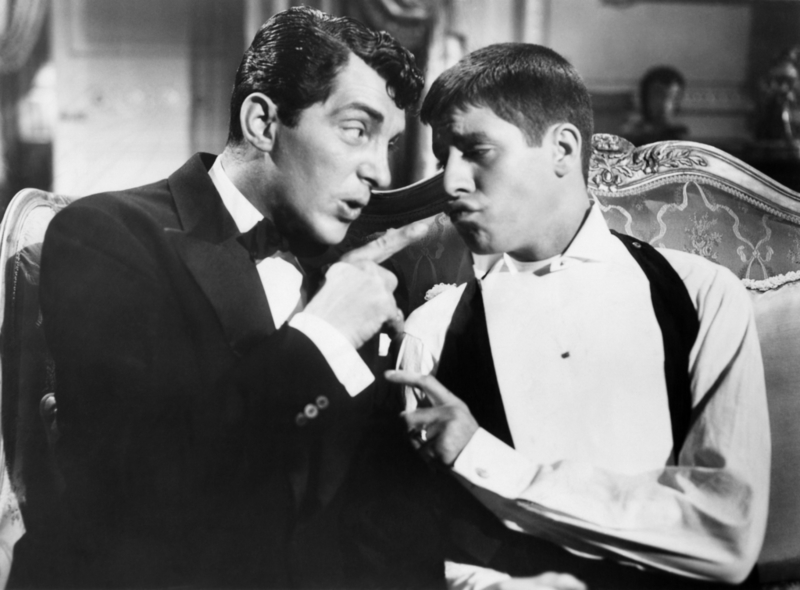
They made their debut on “Toast of the Town” in 1948 and soon after on the “The Ed Sullivan Show.” By the year 1950, Martin and Lewis appeared on the “The Colgate Comedy Hour,” a shows that involved stand-up songs, dialogues, and dances.
A Strained Relationship
By the early 50s, Lewis and Martin were a national sensation and touring the country. The offers started to roll in. Their appearance at the Paramount Theatre in New York made them a cultural phenomenon, and so they ventured into the next arena; movies. The two starred in “At War with the Army” (1950), “The Caddy” (1953), and “You’re Never Too Young” (1955).
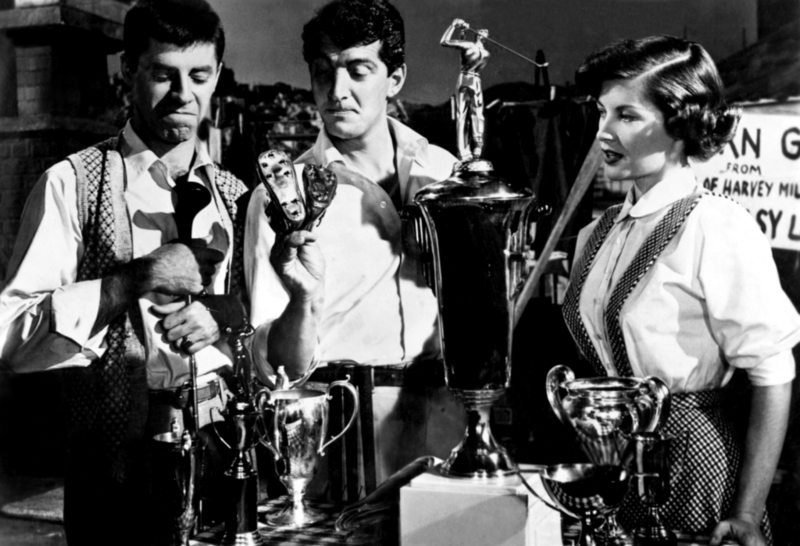
For a while, the films perfectly captured the duo’s hilarious stage acts, bringing their unique dynamic to the big screen. This, of course, meant more money, but with more money came more pressured, and the cracks began to appear.
Losing The Balance
Sadly, the winning streak eventually wore off, and soon Lewis and Martin found themselves at loggerheads with the formulaic scripts of Paramount Pictures. The movies became repetitive and failed to give any range to the two actors.
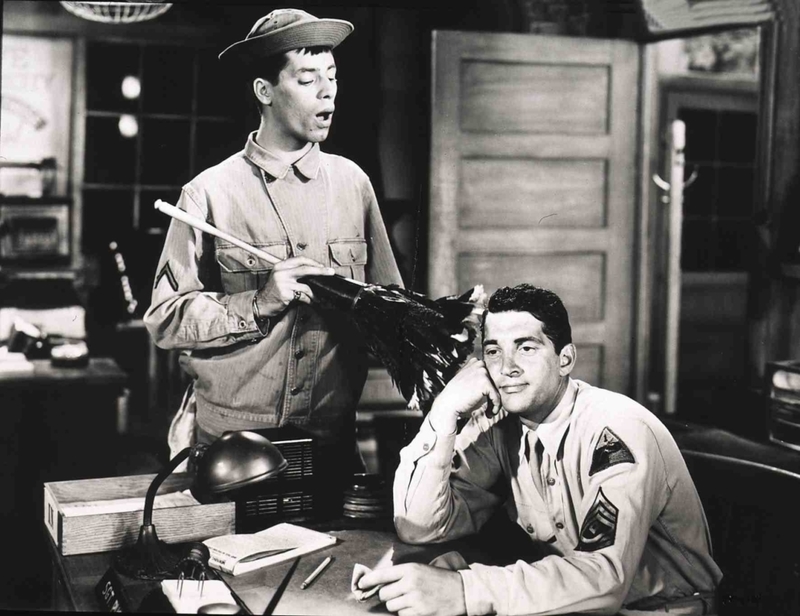
Tensions began to grow, especially when Martin’s roles diminished and Lewis’s roles garnered more and more acclaim. It got so bad that in a 1954 article in “Look” magazine, Martin was purposely cropped out of a publicity photo. The world clearly chose their favorite half of the act.
Rebuilding
The last act was on July 24, 1956, and then, just like that, the Lewis and Martin era was over. The stars parted ways to pursue their respective solo careers. Lewis focused on writing, producing, and directing his own films.
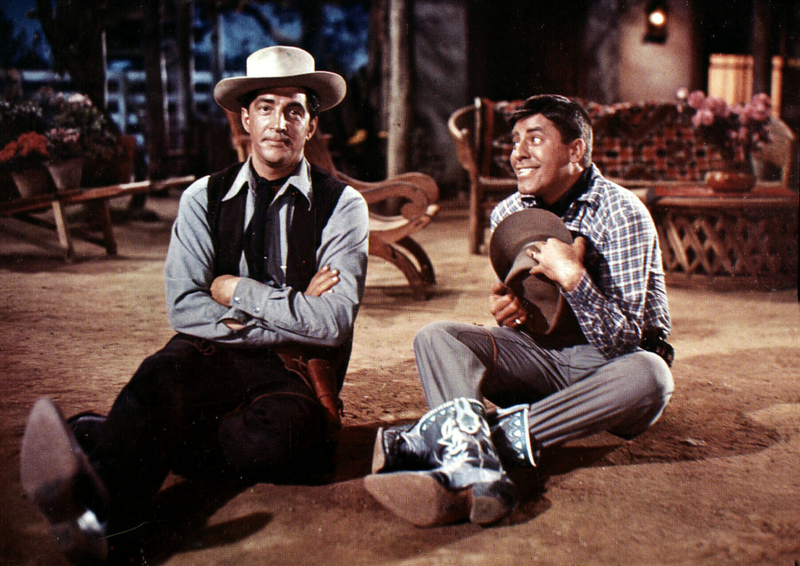
Martin headed in his direction and furthered his success in his music as well as a film and eventually TV actor. Martin, who was very hurt, actually did a lot better on his own. Lewis, on the other hand, felt differently.
New Beginnings
Lewis had a string of films to his name, but on realizing that he was now a solo act, the comedian completely lost his confidence.
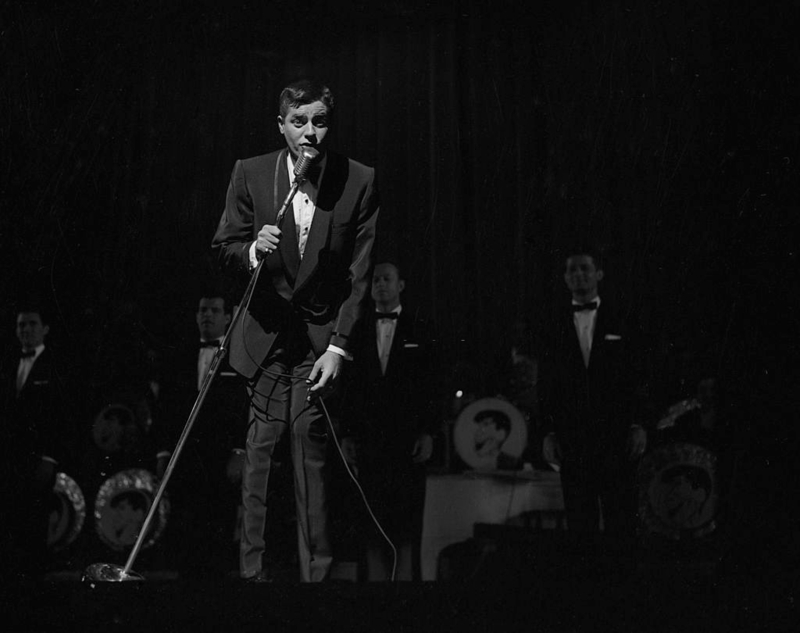
He would no longer have his trusted partner by his side, and that for the first time felt extremely scary. On top of that, the two weren’t even speaking to each other.
Feeling Shaky
After the split, Lewis was famously quoted saying, “I was unable to put one foot in front of the other with any confidence. I was completely unnerved to be alone.” His fear was put on full display one night when he and his wife Patti Palmer were out in Las Vegas.
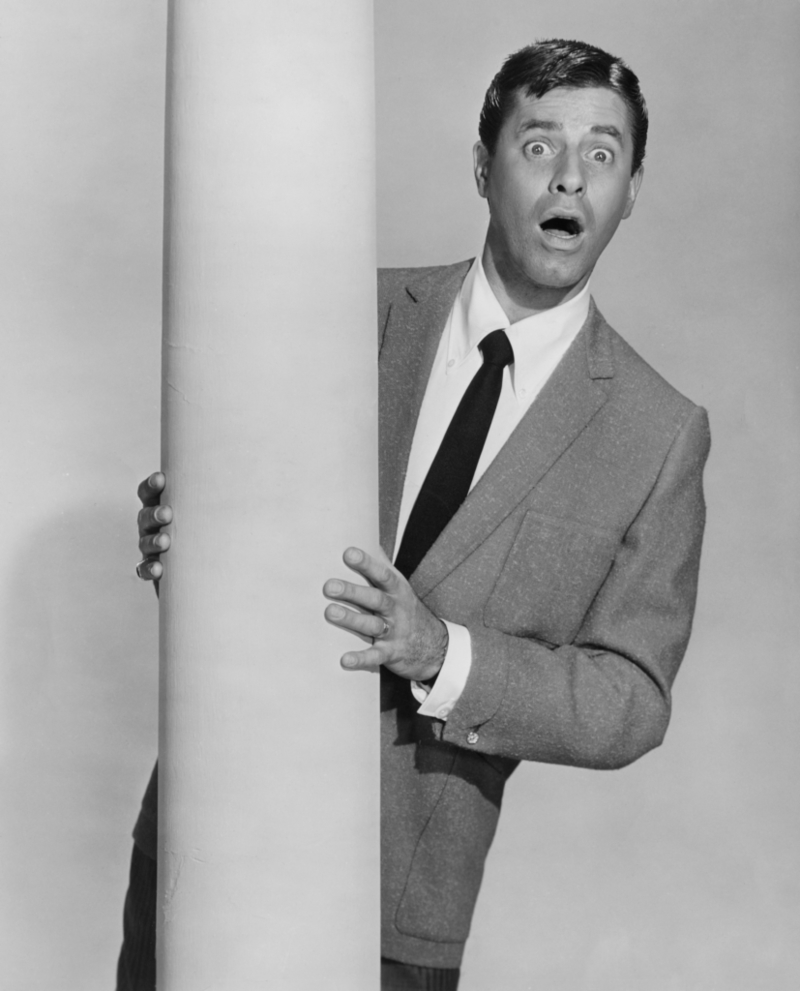
There, he received an urgent request from his friend Sid Luft (Judy Garland’s husband and manager), saying that she (Garland) couldn’t perform that night because of strep throat. He begged Lewis to fill in for her. Resistant at first, Lewis went for it.
Totally Solo
The big moment was about to arrive, and all Lewis could think of was the fact that he hadn’t done a solo act in 25 years, the last time being when he was five years old.
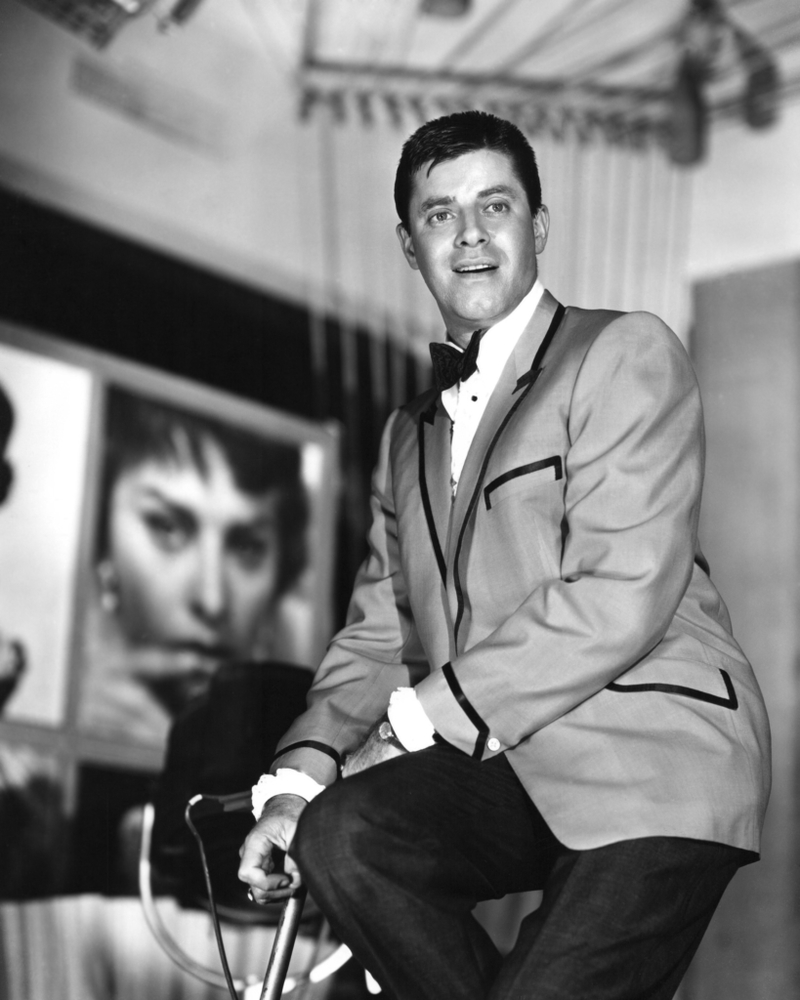
The comedian stepped up nonetheless, and when he went up on that stage and stood in front of the audience, he transformed into classic Jerry Lewis, singing songs and clowning about. He famously sang a rendition of “Rock-a-Bye Your Baby” and “Come Rain or Come Shine.”
Redefining Himself
The place, which was filled with a thousand people, exploded with laughter, putting Lewis’s fears of not making it alone fully to rest.
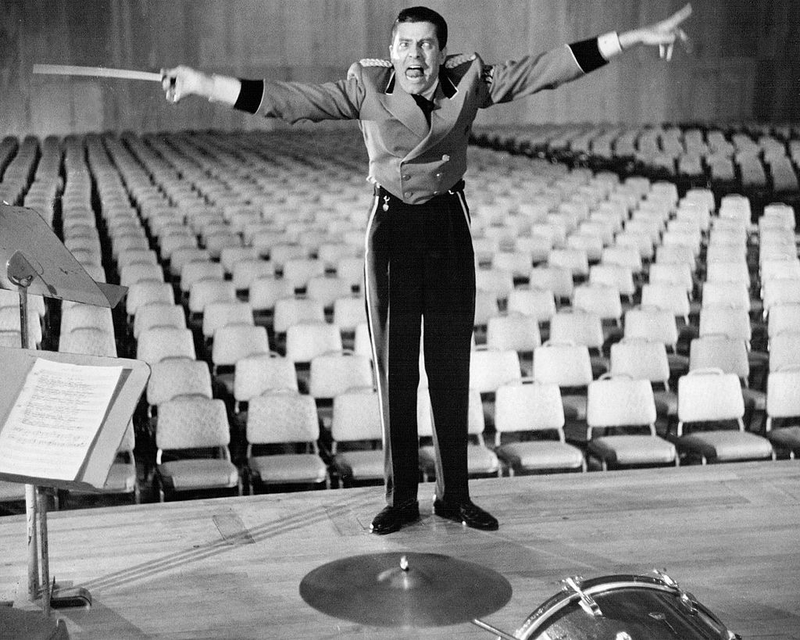
His “Rock-a-Bye Your Baby” became a hit single, reaching #10, and his album “Jerry Lewis Just Sings” reached #3 on the Billboard charts. Lewis back and better than ever, and the audience was wild for it.
Not the Typical Family Man
Women were one of his weaknesses. Before Lewis hit it big time, he was married to Patti Palmer. The two wed in the year 1944 and had six children together, five of them biological and the sixth adopted.
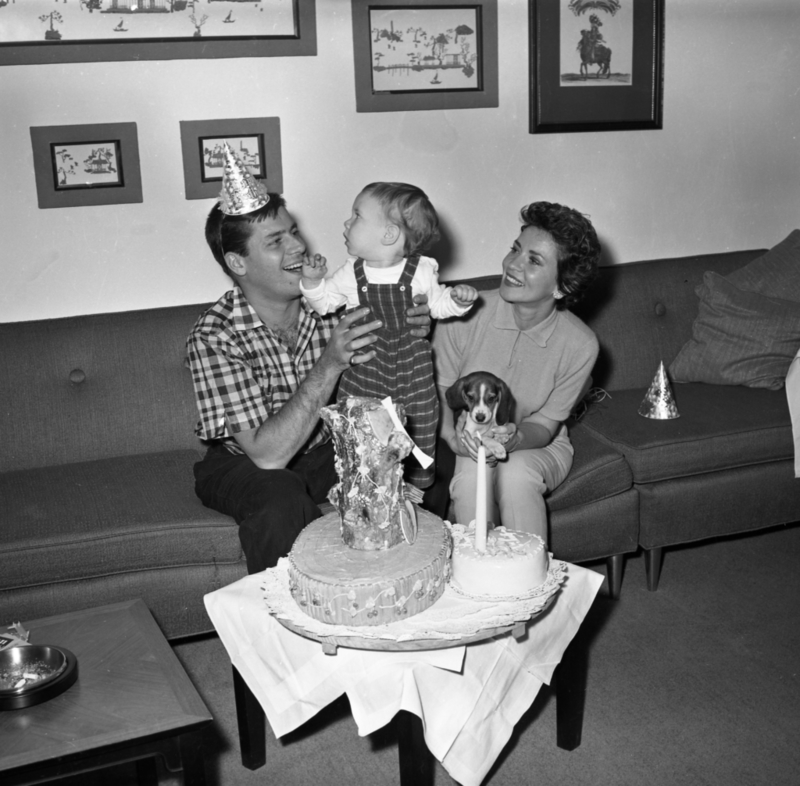
The big happy family was not all perfect, though, as Lewis strongly rejected fidelity. In fact, whenever it came up in interviews, he was vocally against it.
New Day, New Family
Considering all the affairs, the couple stayed married for 35 years, but finally, Patti called it quits and in 1980 filed for divorce, citing infidelity as the cause for the split. It was finalized in 1983.
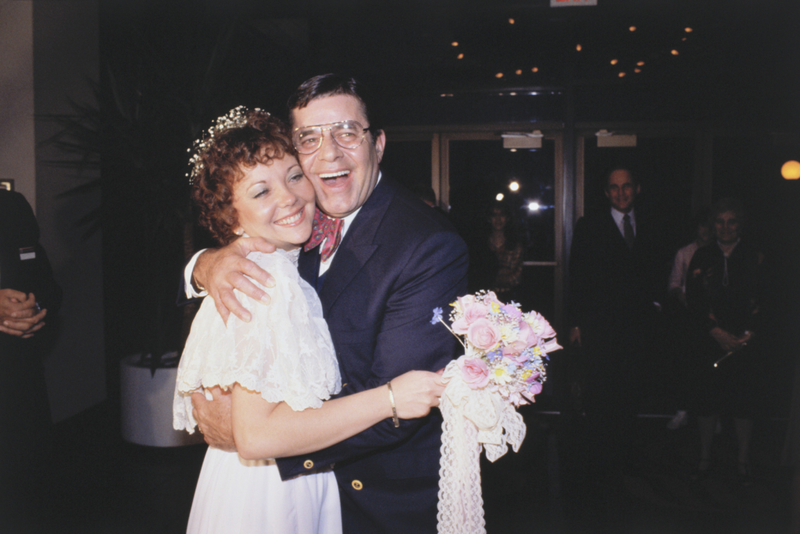
That same year the actor married his second wife, SanDee Pitnick. Pitnick was a stewardess who played a small role in his film “Hardly Working.” They then adopted a daughter and named her Danielle.
Some High Profile Affairs
Being a high-profile celebrity himself, Lewis naturally rubbed shoulders with some of the biggest stars out there. In a 2011 interview with “GQ Magazine,” the comedian revealed some of the women in his life and included names like Marylin Monroe and Marlene Deitrich. Interestingly. during the interview, he insisted that the Monroe and Kennedy affair never happened.
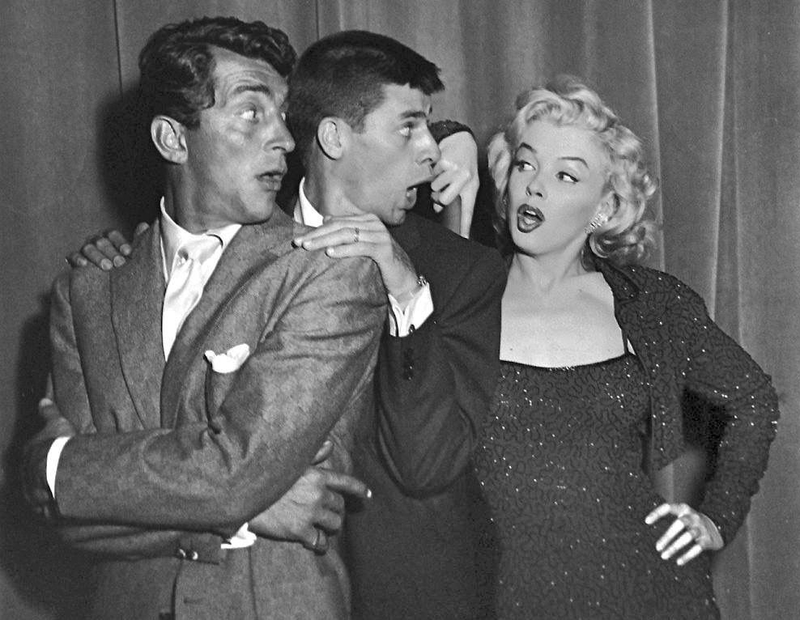
Lewis was met with skepticism by the interviewer, but the comedian doubled down, saying that the reason he knows is that was because he too was involved with Monroe and that they each other pretty well.
The TV Star
In the year 1956, Jerry Lewis was the star of Las Vegas, regularly performing at the Sands Hotel and Casino, and he was cashing it in. The comic signed a five-year contract with the Sands nightclub and paid him the same amount of money they paid Martin and Lewis as a duo. The live performances made up most of his career.
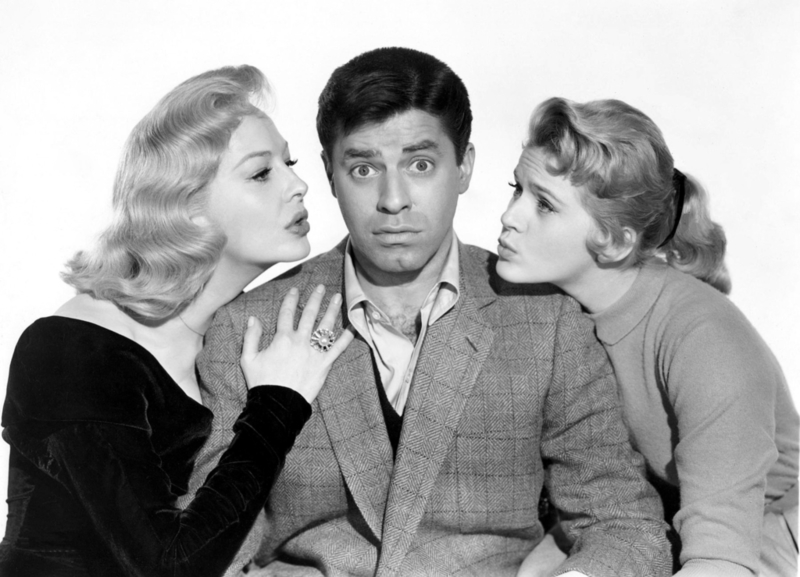
Lewis steadily continued with the casino and theater performances and, in 1957, even followed Judy Garland at New York’s Palace Theater. His success was unprecedented, even prompted his long lost pal Dean Martin and to call him up and congratulate him. His success then took him to TV, where he appeared on the show “What’s My Line?” between 1956 and 1966.
Hungry Jerry
Lewis hosted the Academy Awards consecutively in 1956 and 1957, and then a third time in 1959. The third time, the Oscars ran short, and so he improvised for 20 minutes, putting the audience in stitches. When his contract with Paramount Pictures ended, Lewis started searching for the next step.
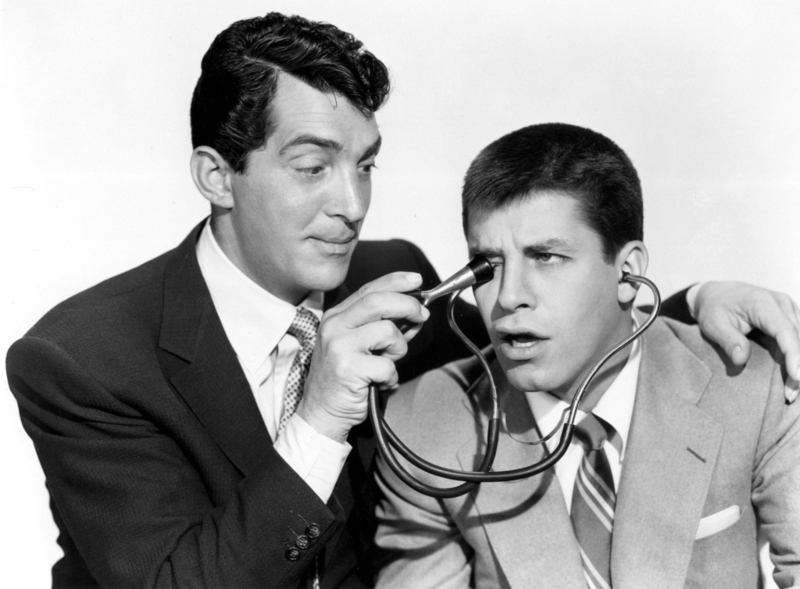
Lewis loved comedy but felt that was lacking pathos. According to the comedian, “funny without pathos is a pie in the face. And a pie in the face is funny, but I wanted more.”
Raking It In
Lewis wanted to flex those creative muscles, but first, he was going to secure a deal with Paramount Pictures. In 1959 the production company signed a new contract with Jerry Lewis Productions stipulating that he would get $10 million-plus 60% of profits for 14 movies over seven years.
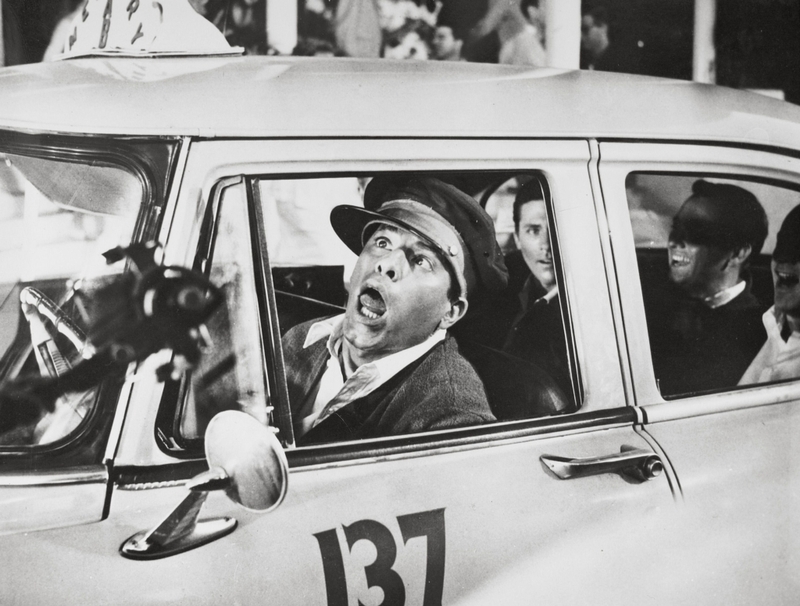
That contract made Lewis the highest-paid Hollywood star at the time. It also gave him complete creative control over the final cut and guaranteed film rights after 30 years of release. This new studio power made him incredibly powerful. Barney Balaban, head of the production at Paramount, even told the media, “If Jerry wants to burn down the studio, I’ll give him the match!”
Strange Habits
Sometimes, with a lot of power comes unusual behavior. Since the comedian was growing accustomed to ultimate creative control, his tendencies seemed to drift into creations that were not his.
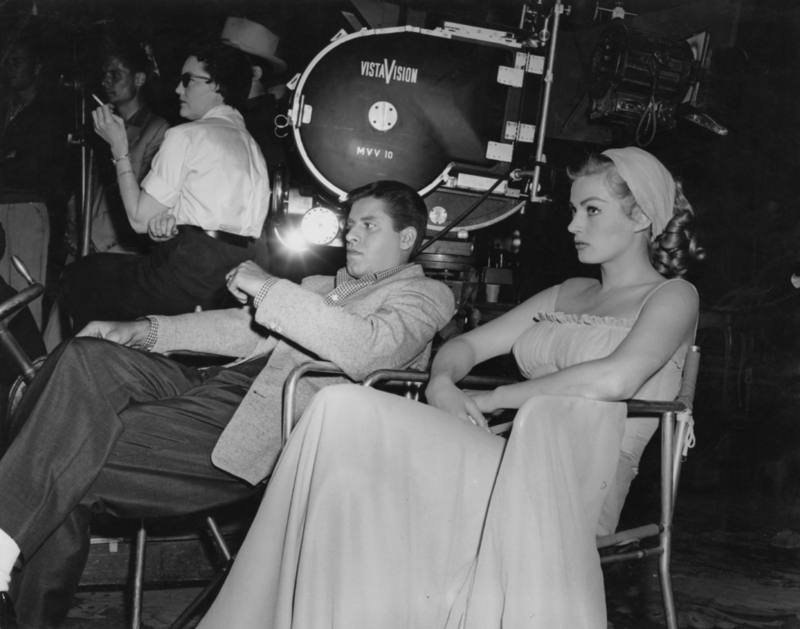
The powerful comedian had a habit of re-editing other peoples’ films. During his downtime, he would cut out all the parts of films he didn’t like and would insist on playing his edited versions for anyone who came to visit his home.
The Workaholic
His first all Lewis film was “The Bellboy” in 1960, which he also starred in. The production took place in the Fontainebleau Hotel in Miami and was produced on a relatively small budget with limited shooting time, but it succeeded anyway.
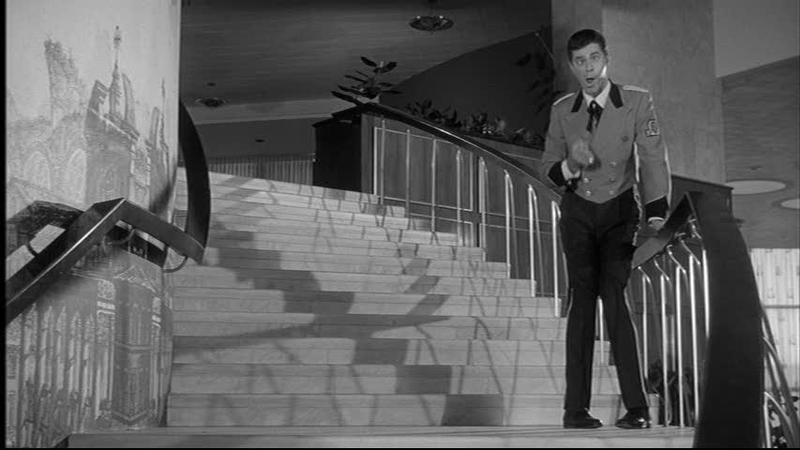
When Lewis was done with the shooing in the days, he would zip over to the hotel and perform in the evenings.
The Bellboy
Paramount was not happy about financing an almost ‘silent movie’ since that era was long over, but Lewis wanted to play a mostly mute bellboy. The funding was withdrawn, and so the actor fronted the money from his own pocket, all $950,000 of it.
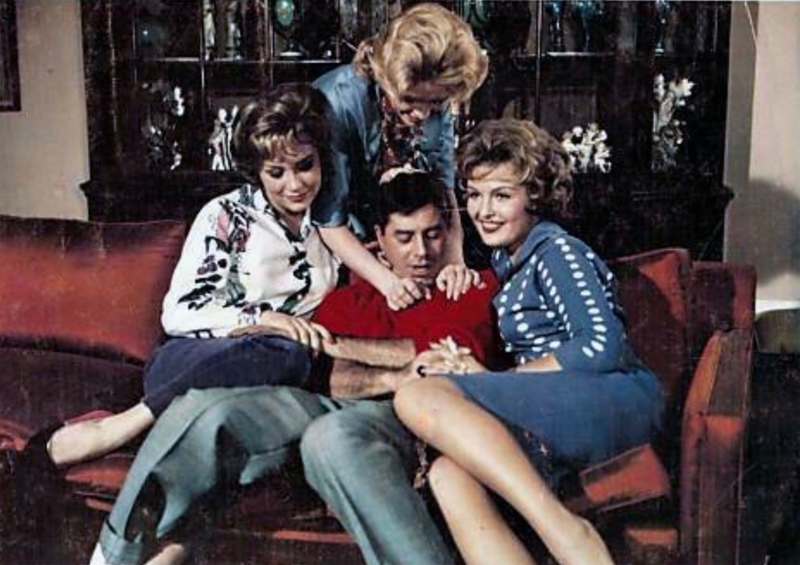
The film also marked the pioneering method of a video assist system, allowing Lewis the ability to see his actions during scenes and thus perfecting the actor/director balancing act.
Revolutionary Filmmaking
The technique involved using cameras, and multiple monitors to instant show the performance immediately. This saved time and allowed him to complete most of his films on time and under budget.
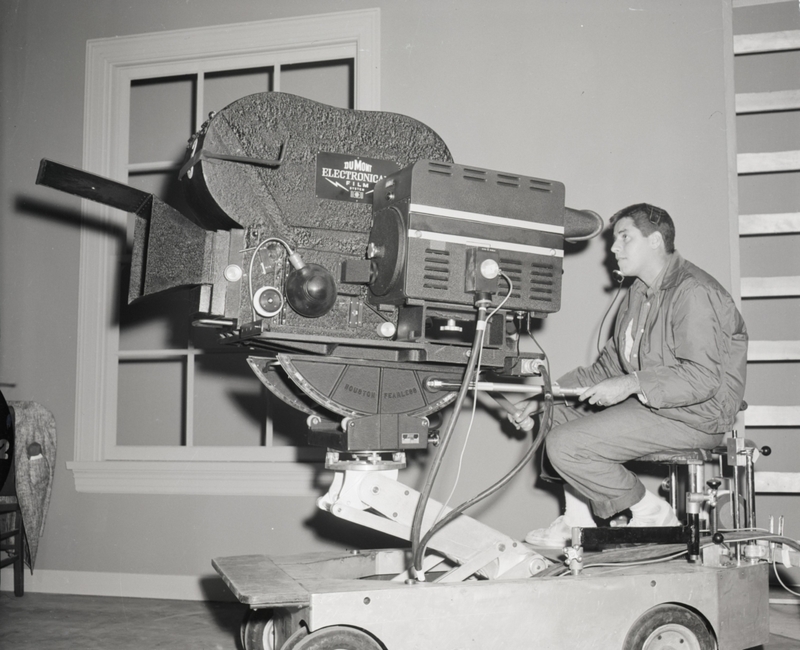
The directing continuing and he released “The Ladies Man” and “The Errand Boy” (both in 1961). Fun fact “The Errand Boy” happened to be one of the earliest films about the movie-making biz and a lot of it was shot in the offices at Paramount.
Cinderfella
Lewis’s film “Cinderfella” took the classic fairytale and turned it on its head. In this movie, in particular, Jerry perfected the combination of zany comic sequences, solid storytelling, and emotion.
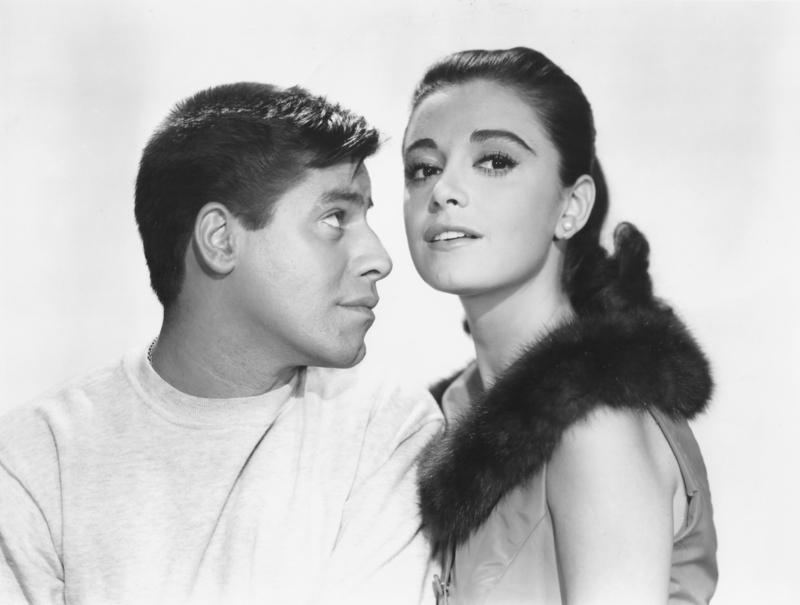
In the 1960 film, he played the “enchanting princess” while Anna Maria Alberghetti took on the role of the “charming prince.” Needless to say, it was a hit.
The Nutty Professor
In 1963 Lewis co-wrote, directed, and starred in the hit comedy “The Nutty Professor.” The film gave a satirical spin on the old classic “Dr. Jekyll and Mr. Hyde.” In it, he played the nerdy and awkward professor Julius Kelp who formulates a serum that turns him into a handsome yet arrogant ladies’ man.
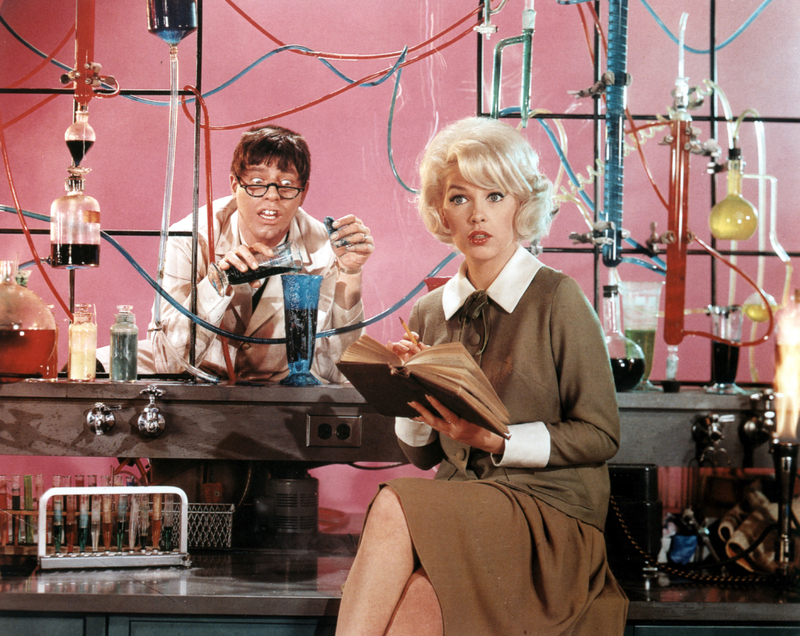
The film was highly acclaimed and was selected to be in the National Film Registry by the Library of Congress in 2004 due to it being “culturally, historically, or aesthetically significant.” Julius Kelp became a huge part of modern culture and recently even got its own emoji. In “The Simpsons,” Professor Frink is a character based on Julius Kelp, and of course, Eddie Murphy starred in the 1996 remake.
‘The Ladies Man’
Speaking of the ladies’ man (one thing Lewis certainly was), he, of course, made another film on the subject, aptly called “The Ladies Man,” The 1961 film told the story of yet another awkward nebbish who works at a female-only boarding house.
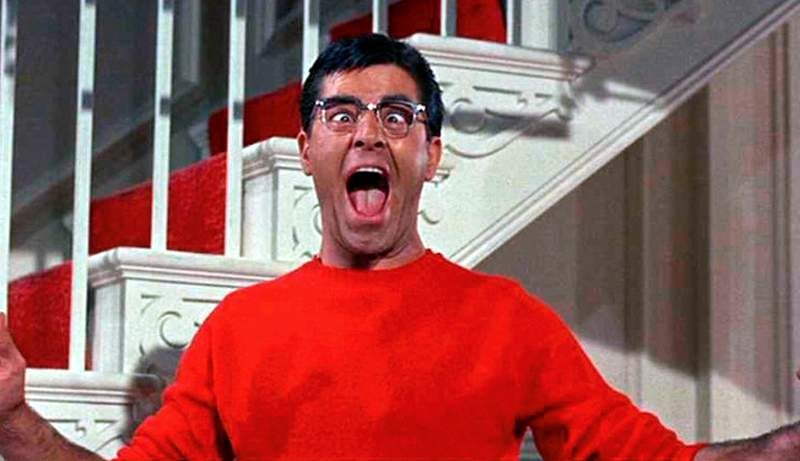
The sequence with the criminal and the hat is considered to be the funniest bit of his career. He once again achieved great laughs with that sweet taste of sentimentality.
Passing it On
Can you believe that the man was also involved in academia? In 1967 Lewis took up a little teaching gig. Or perhaps, a big teaching gig. The comedian taught film directing at the University of California.
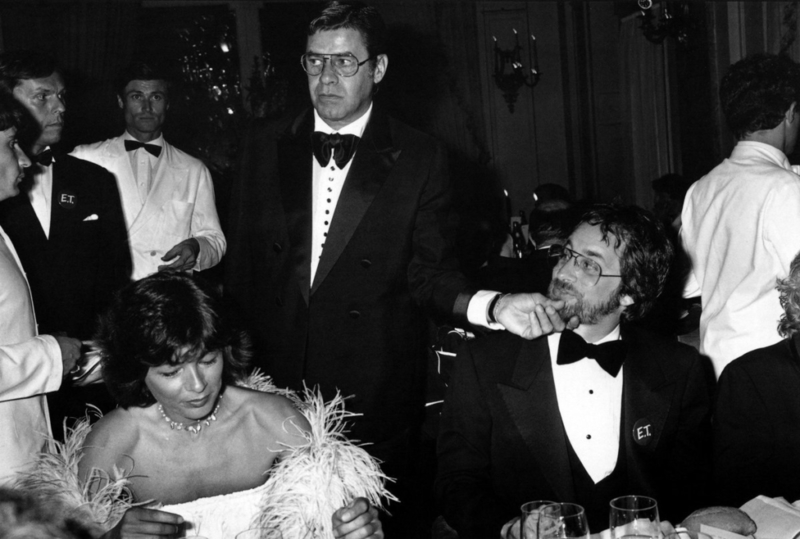
Apparently, he had some interesting students. Among the ‘kids’ in his class were none other than filmmaking legends George Lucas and Steven Speilberg. It looks like his greatness rubbed off on them.
Time for a Change
The King of Comedy had been at it for roughly 20 years, but one day in 1966, he decided to call it quits and, with no explanation, after 17 years with Paramount, left the company and joined Columbia Pictures. He starred in “Three on a Couch” (1966), “The Merv Griffin Show, Way…Way Out”(1966), “The Sammy Davis Jr.,” and more.
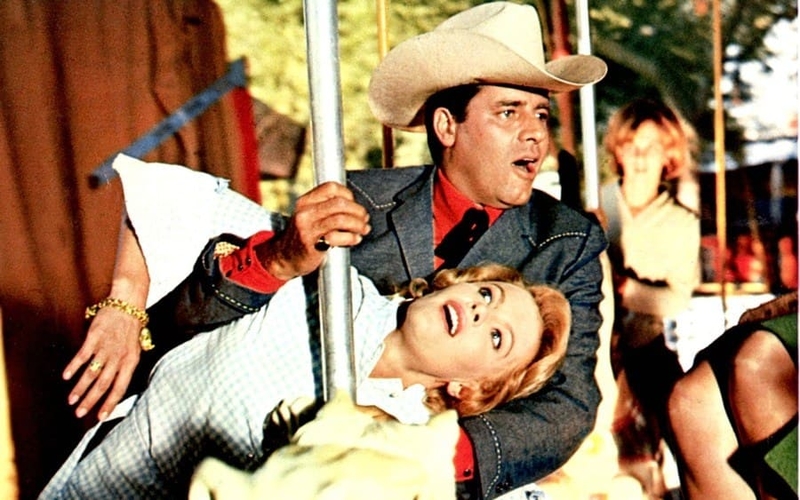
But these comedies still weren’t cutting it, and in 1972, Lewis began working on something entirely different. The film would be a drama set in Germany. In fact, talk about it was kept relatively secret, though ultimately, the complete film would never see the light of day due to funding and copyright issues. It was called “The Day the Clown Cried.”
The Day Jerry Lewis Cried
Too many factors prevented the completion of the film. One of them was the fact that Lewis was not happy with the end result. As a person of Jewish heritage, the subject matter was very emotionally difficult for him, and Lewis felt that he just could not be satisfied with the end result, especially while he was being confronted with quite a lot of backlash from studio executives.
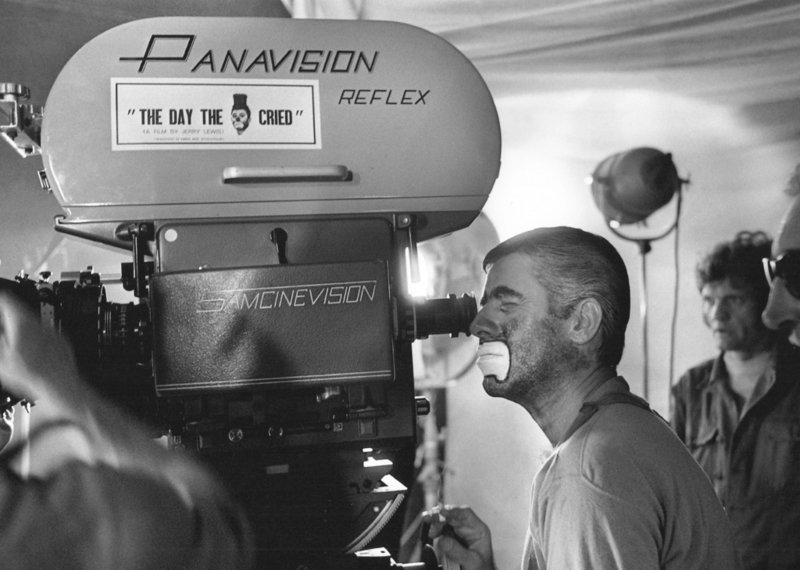
The film’s release marked a groundbreaking change in American cinema. It would be another 13 years until the world would witness Claude Lanzmann’s groundbreaking film, “Shoah,” and over 20 years before Steven Spielberg’s “Schindler’s List.”
Taking a Breath
Though the complete film was never shown in the end, there was a 31-minute version of the film that was screened on a German TV station (ARD) in the documentary called “Der Clown.”
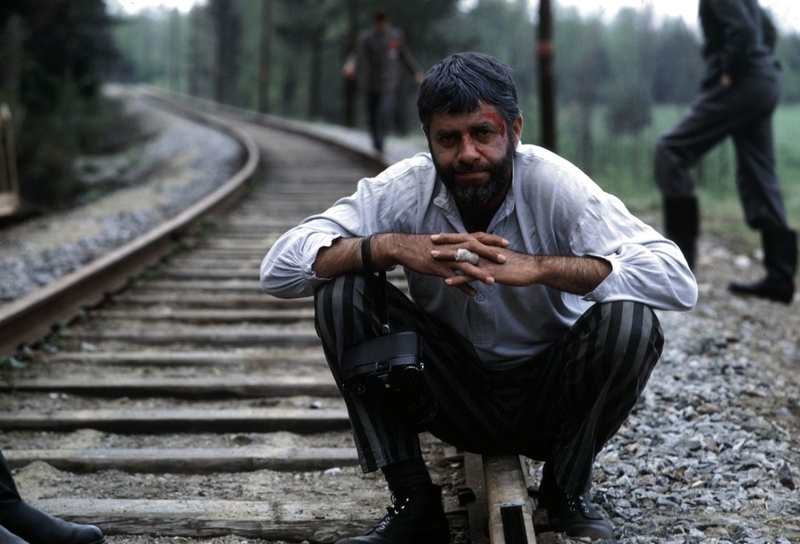
The knock to his career and his reputation set him back for some time. Feeling that he had done whatever he could in comedy but not fully achieving his dreams in the world drama, Lewis left showbiz for a few years.
Back With a Bang
Eleven whole years had passed when Lewis popped up again. In the year 1981, the actor and director returned with the film “Hardly Working.” The film told the story of an out-of-work clown who tries to make it in regular 9-to-5 jobs.
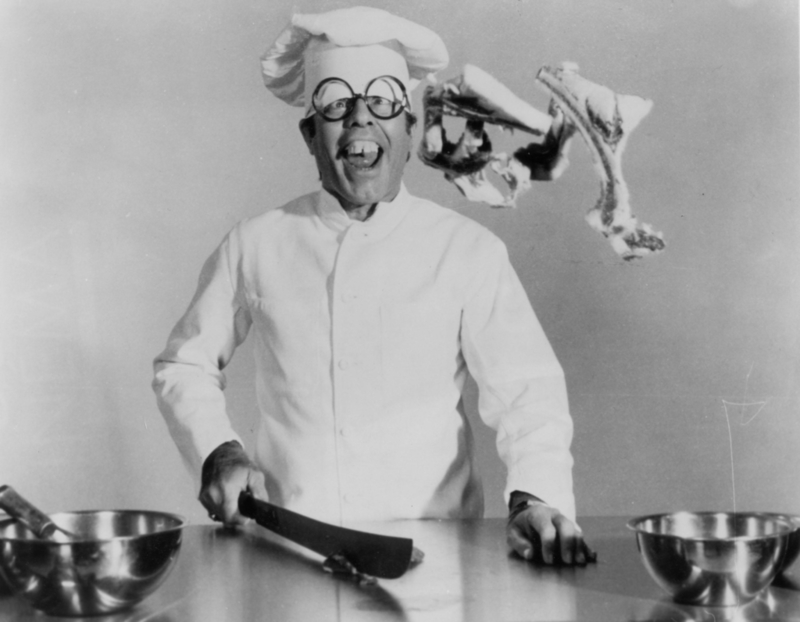
Unfortunately, it was totally trashed by critics, but it did at least succeed as a commercial hit, earning roughly $50 million. Lewis was certainly back and put that clown character to better use.
The King of Comedy
After earning his spot back in Tinsletown, Mr. Jerry Lewis looked for more challenging roles to sink his teeth into. And that came in the form of Martin Scorsese’s stellar 1982 black comedy, “The King of Comedy.” Who better to star in this one than the King of Comedy himself.
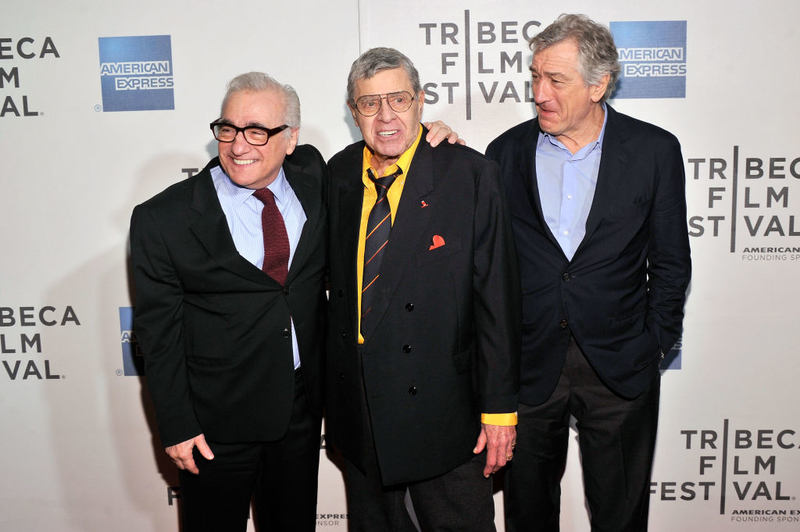
The film told the story of a late-night TV host who has to deal with an obsessive fan. The film got him major critical acclaim as well as a BAFTA nomination. Fun fact, the 2019 hit “The Joker” heavily references the film. It’s no coincidence that Robert DeNiro stars in both.
Then There Was a Stalker
Speaking of obsession, during the late ’80s, Lewis and his family were haunted by an unknown stalker who would relentlessly harass them. It took ages to uncover the truth about who this person was. Eventually, they discovered his identity, and they were shocked.
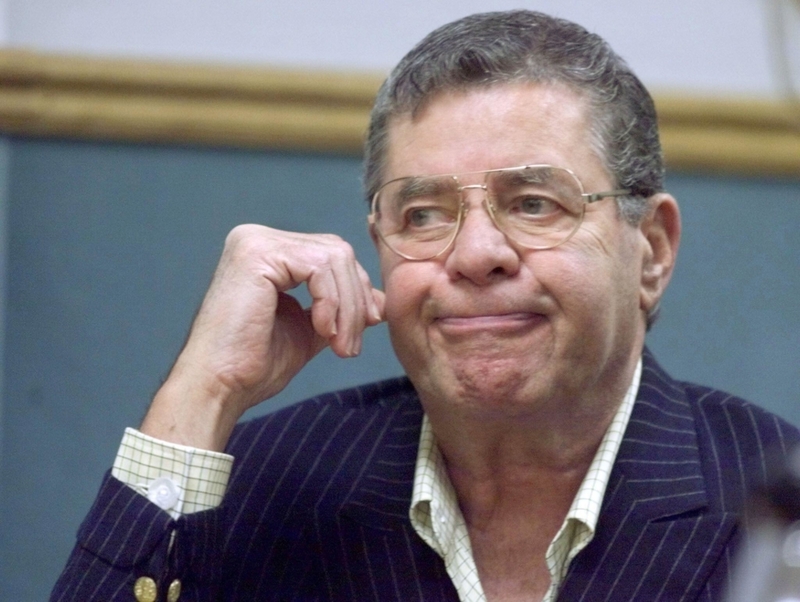
The stalker turned out to be a man named Gary Benson, a boyfriend of a former housekeeper. Benson was sentenced to prison in 1994.
Back in Vegas, Baby
With a box office hit and a Scorsese classic behind him, Lewis got back to what he knew best, comedy in Vegas. In 1987, the veteran entertainer partnered up with another Brat Pack member, this time, Sammy Davis Jr.
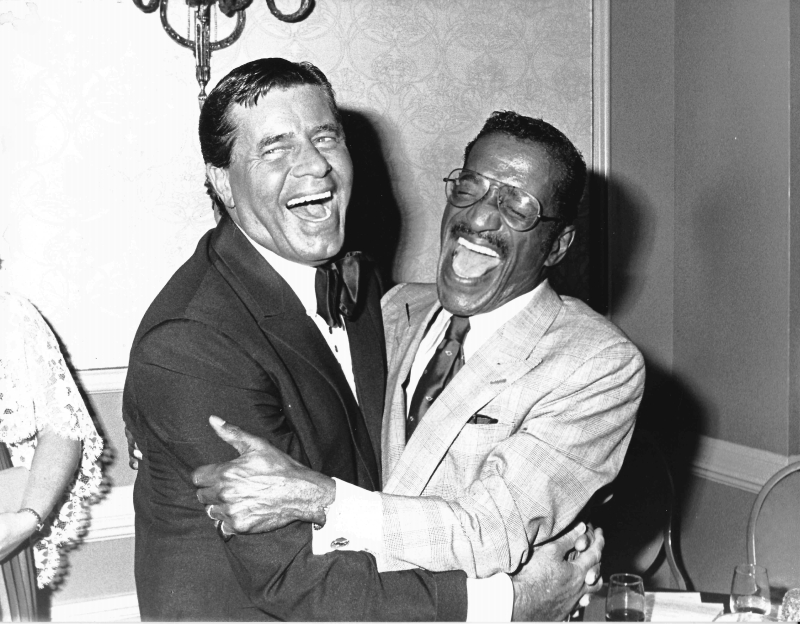
The two appeared in a whole new act in The Strip. While Lewis was in a new chapter, his old friend beckoned. But it wasn’t good news. The son of Dean Martin had tragically passed, and Lewis went to the funeral to pay his condolences.
His Old Friend
It took no time at all for the two old friends to rekindle their special friendship, and in 1989, they already appeared for what would eventually be Martin’s last live performance. The act took place at Bally’s Hotel and Casino in Las Vegas on Martin’s 72nd birthday.
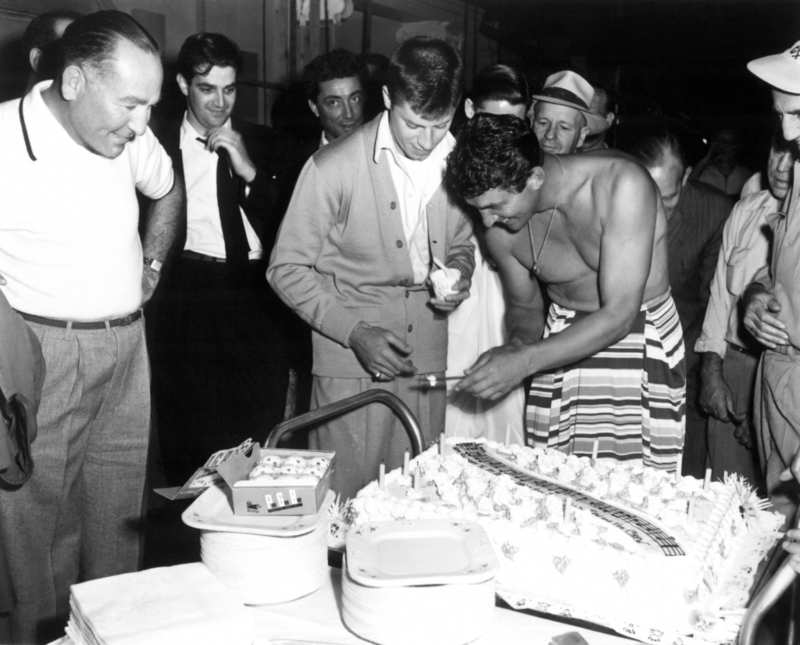
Lewis wheeled out a huge birthday cake and sang “Happy Birthday,” he also added the words “Why we broke up, I’ll never know.” Naturally, it made headlines the next day.
The Broadway Star
Forever bouncing between comedy and his more dramatic pursuits, Lewis set out to achieve a whole new goal, and that was to actualize a life-long dream and act in a Broadway play.
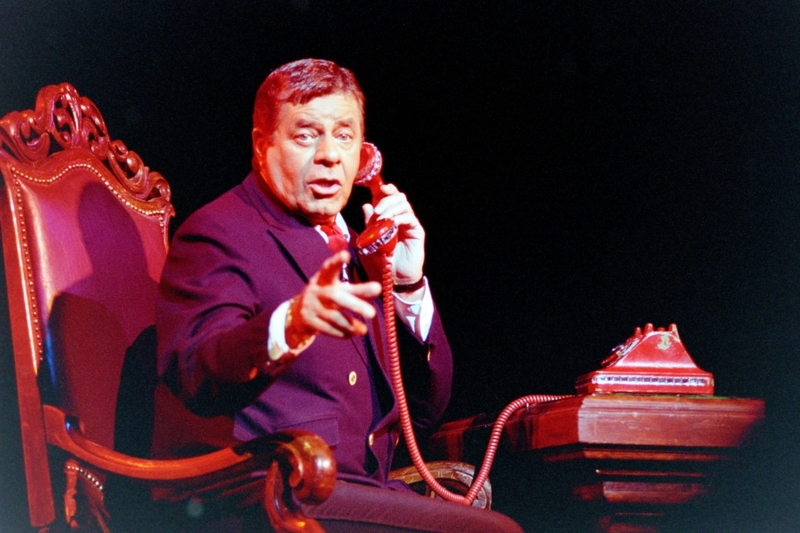
The actor made his dreams come true in the year 1995 when he was cast as the devil in “Damn Yankees.” Of course, as a big-time star, he got the highest paycheck in Broadway history at the time.
Making Change
A comedian, an actor, and a director. While these are all worthy descriptions of the great Jerry Lewis, he was also a philanthropist who dedicated a lot of his life to support the research of muscular dystrophy. The work began in 1951 with Dean Martin. Back then, the two made an appeal to the public about the organization during the finale of the Colgate Comedy Hour.
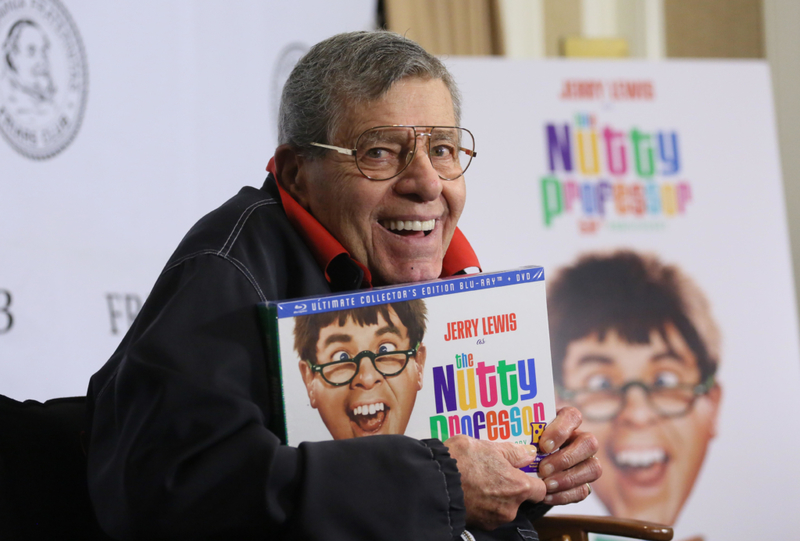
Thanks to Martin and Lewis, their funding has contributed to major discoveries, treatments, therapies, and methods of care. These milestones have allowed those affected to live longer and happier lives. Over 200 research and treatment centers have been built with the help of Jerry Lewis Telethons.
Chronic Health Issues
Lewis was no stranger to health issues, and not just when it came to his philanthropic work. Sadly the entertainer suffered greatly from a terrible back injury. However, the reason behind it is somewhat contested.
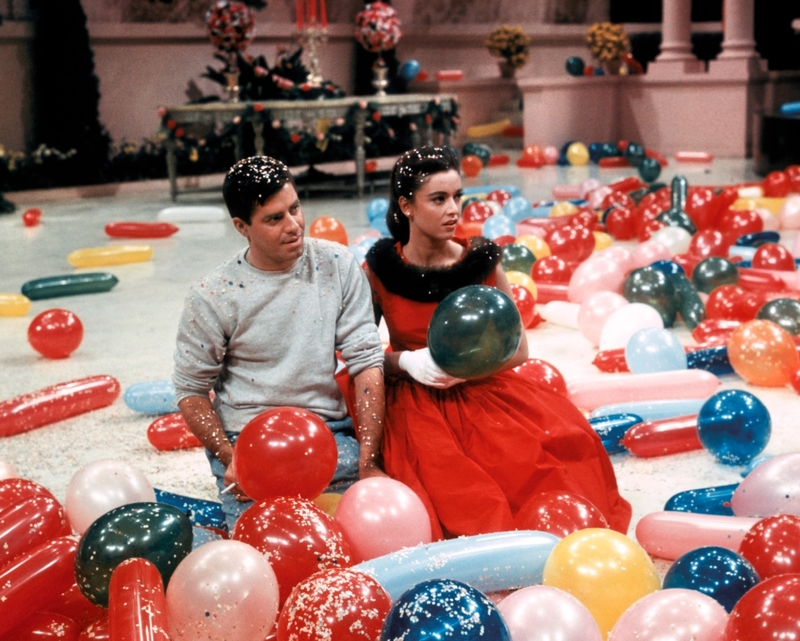
Was it due to a fall or not? Did it happen at the Sands Hotel and Casino on March 20, 1965, or during an appearance on “The Andy Williams Show,” it was not clear. Either way, Lewis suffered for years because of it and was reliant on prescription pills to ease the pain.
Socking Up
Lewis had his own unique way of celebrating his riches and how far he came from his poor childhood. He did that by never wearing a pair of socks twice. Every time he would be done with his socks for the day, he would simply toss them into the garbage.
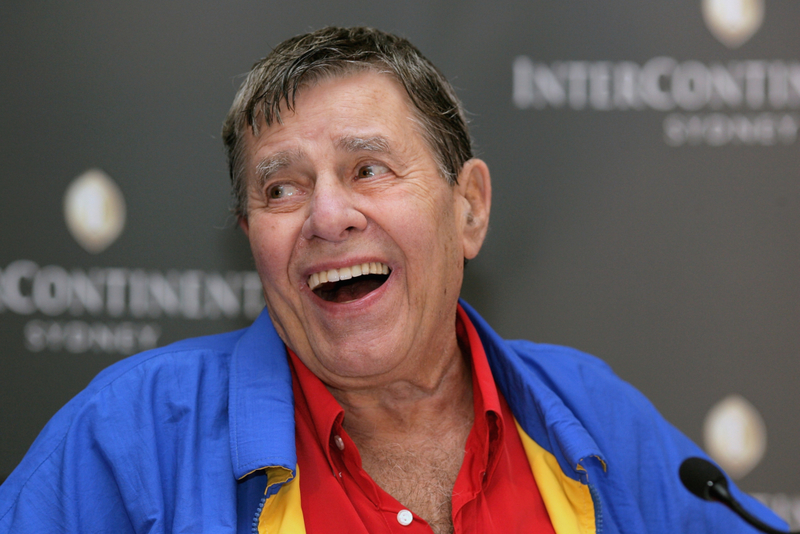
Sometimes he would even change his socks as many as four times in one day, simply because he enjoyed the “feeling of brand new.”
The Lifetime Achievement Award
Though Lewis never actually received an Academy Award for any of his films, he did receive one for his entire career in the year 2009. “Lifetime Achievement” was certainly something he deserved.
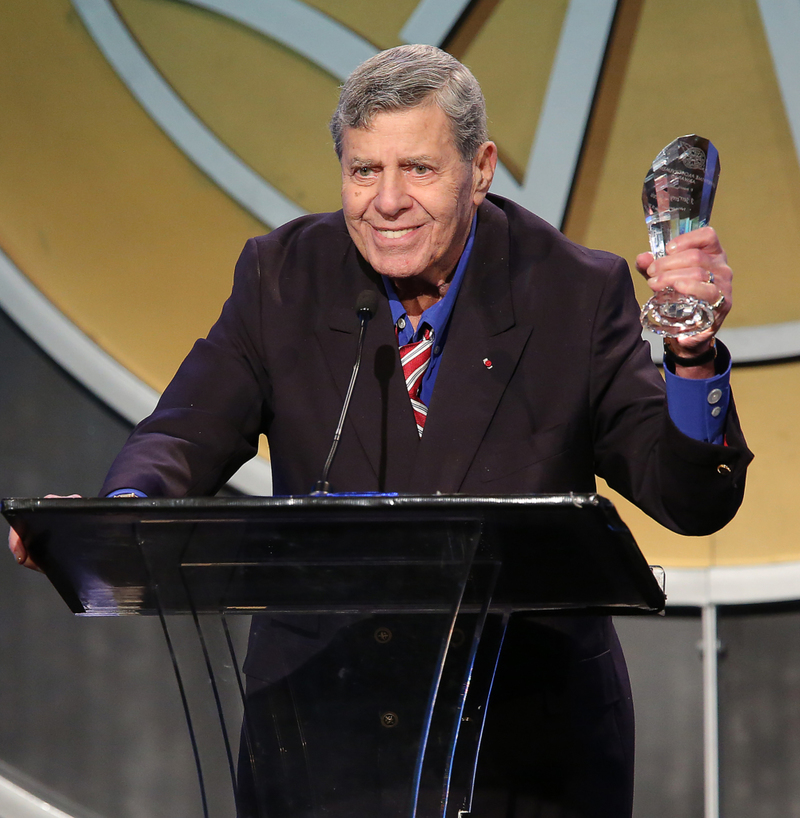
It was an incredibly triumphant moment in his career, and he was very proud to have it; in fact, Lewis would carry around his Oscar trophy to just about every place he went.
Better Off in France
While Lewis did get a very special award towards the end of his career, he did experience a lot of flack from his critics. Often accused of being too silly or lowbrow, the elite didn’t always take to his humor; strangely, he seemed to be hugely popular in France, but also, particularly among the French intelligentsia.
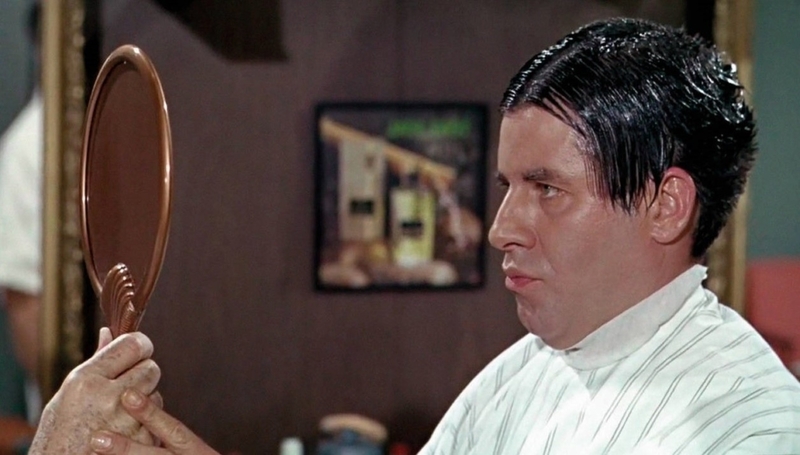
In fact, he had gained popularity there before really even hitting it big at home. Some of his fellow comics even disliked him (ahem, Joan Rivers.)
A Celeb Feud to End All Feuds
We all love a juicy celebrity feud, but the one that involves Jerry Lewis and Joan Rivers, probably two of the greatest comedians who ever lived, was pretty heavy. As the story goes, Rivers cracked a joke at Lewis’s expense, saying, “Jerry Lewis has to be thankful that he has the telethon because it helps his career.”
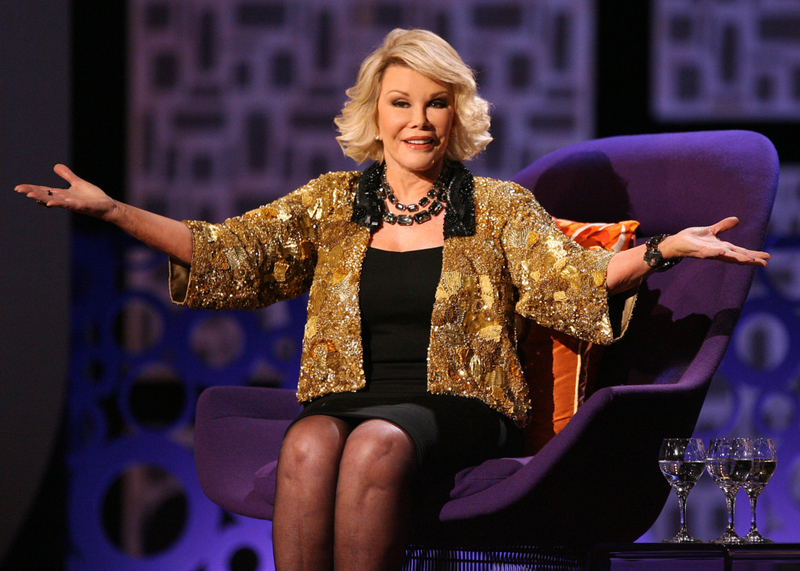
Lewis was not going to stand for that and wrote her a cold letter saying, “Dear Ms. Rivers, we’ve never met, and I’m looking forward to keeping it that way.” The letter went on to describe some very nasty things. Apparently, the jokester couldn’t take a joke himself.
Strained Family Ties
Lewis had a complicated finally life. One of his sons, Joseph, tragically passed away at the age of 45 from complications relating to substance abuse. At the time of his passing, they hadn’t spoken in 20 years. Though there was a lot of bad blood initially, Lewis was hit hard by the tragedy.
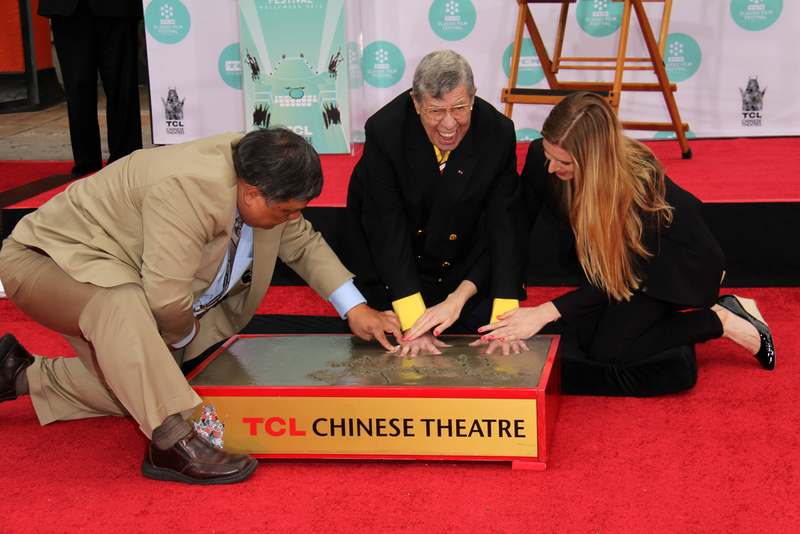
Lewis reportedly asked his other five sons to keep the passing quiet as the reasons would have been media fodder. As time went by, Lewis made peace with his anger, and in his own words, said, “you don’t get over [something like] that.”
The Famous Son
Gary, Lewis’s oldest son, achieved fame himself as a member of the group “Gary Lewis & The Playboys.” The band had a number one hit in 1964 called “This Diamond Ring.” Gary has spoken out against his father and their troubled relationship.
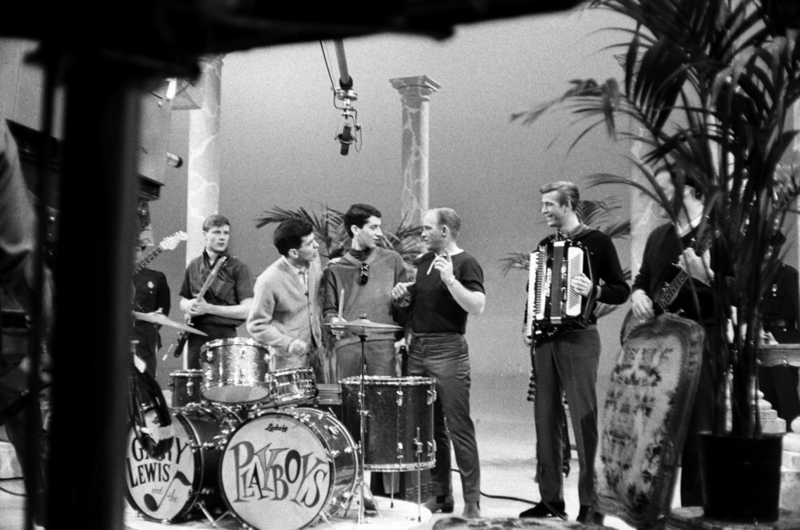
Gary has expressed how he has felt that he wished he and his brothers were closer to his father over the years and that growing up, it felt like his father was more concerned with his career and image than his family.
The Mystery Daughter
For years rumors ran that Lewis fathered an illegitimate daughter with the model Lynn Dixon. His daughter is said to be Suzan Minoret. But for years, Lewis stayed quiet on the matter; in 2009, “Inside Edition” dug into it and performed genetic testing on Minoret.
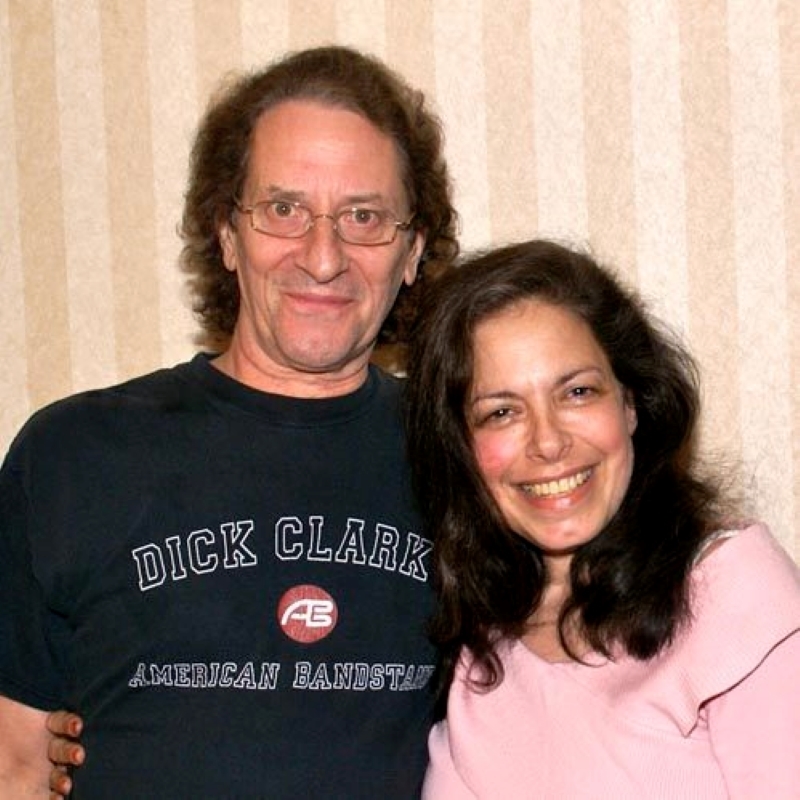
The results stated that there was more than 88% likelihood that he was the father. Sadly, the comedian reportedly ordered Dixon to never contact him again.
The Good and The Bad
Despite the strained relationship he had with his family, Lewis was no doubt loved by many. During his prime, he was dubbed “a virtually unprecedented force in American popular culture.” Even months before his passing, the great comedian brought smiles to people’s faces.
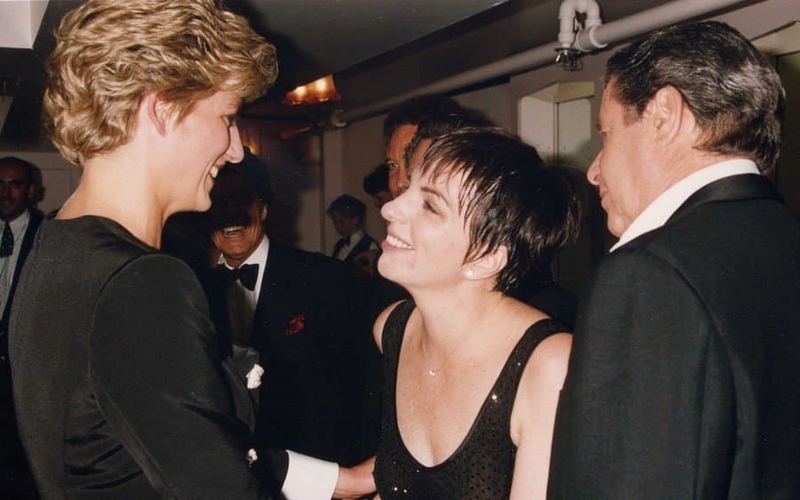
Even at 91 years old, Lewis appeared on the popular series created by one of his biggest fans, Jerry Seinfeld. The show “Comedians in Cars Getting Coffee” (hosted by Seinfeld himself) celebrates comedians. The two comics laughed and discussed jokes and life in showbiz over a cup of coffee.
Forever In Vegas
The legendary comedian chose to live out the rest of his days in the place that made him who he was, and that was Vegas. It was what felt home for him, and no doubt, the city loved him.
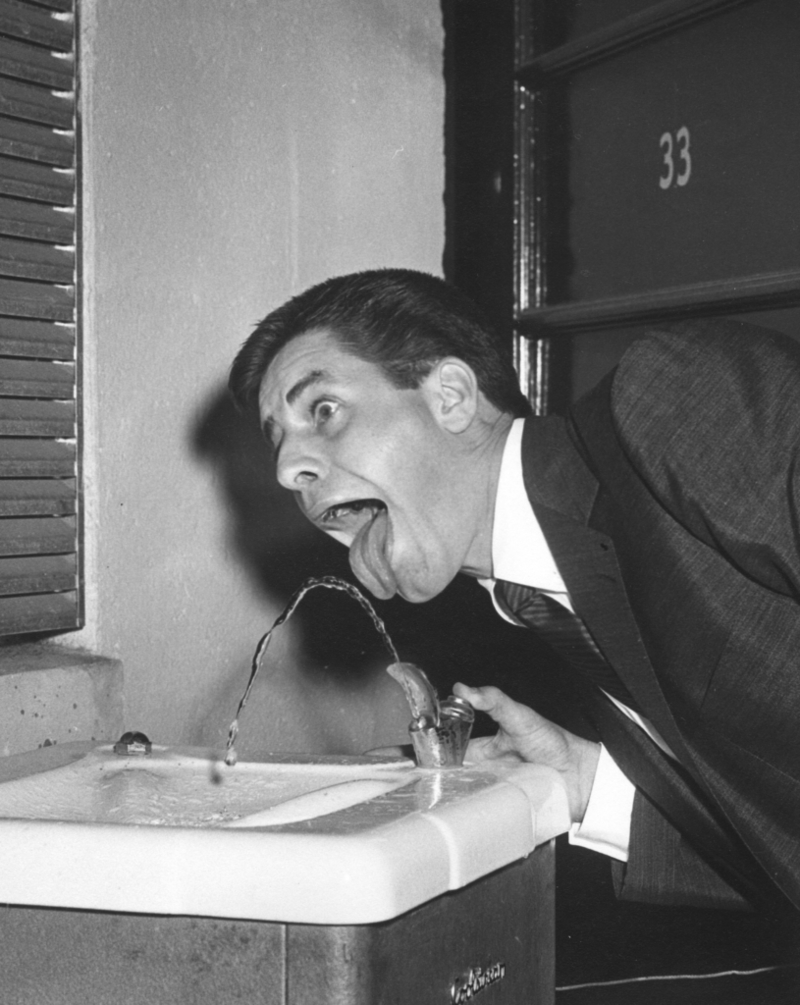
At 91 years old, on August 20, 2017, the veteran comedian passed away in his Las Vegas home.

More of the Best Guitarists Throughout History
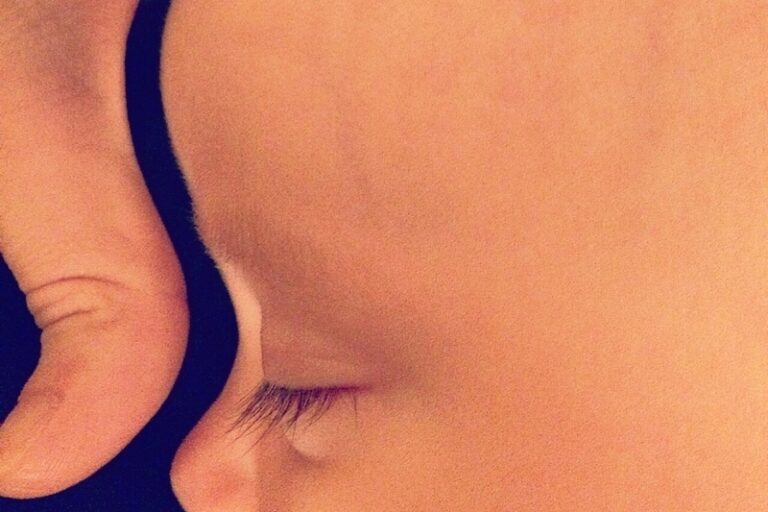
These Things Fit Together Perfectly And It’s Super Satisfying

Surprising Things That Are Not Vegan

Having House Plants Will Change Your Life – Here’s How

The Real Reason We Judge Others and How To Stop the Cycle

Photos from Behind the Scenes of Your Favorite Movies
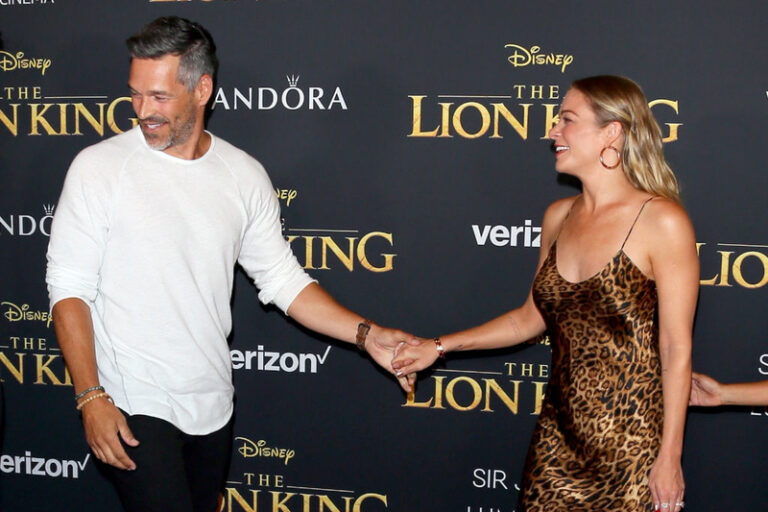
LeAnn Rimes & Eddie Cibrian’s Country Music Love Story

More Beautiful Abandoned Places
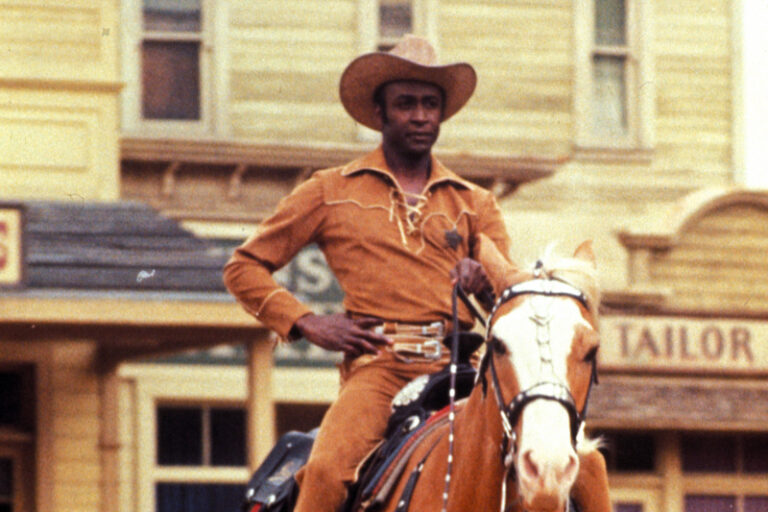
Blazing Saddles: The Most Popular Western Parody Film of All Time

More Ways to Add Technological Flair to Your Kitchen With These New Devices

